A New Theory of Urban Design
In this groundbreaking volume, architect and planner Christopher Alexander presents a new theory of urban design which attempts to recapture the process by which cities develop organically. To discover the kinds of laws needed to create a growing whole in a city, Alexander proposes here a preliminary set of seven rules which embody the process at a practical level and which are consistent with the day-to-day demands of urban development.
He then puts these rules to the test, setting out with a number of his graduate students to simulate the urban redesign of a high-density part of San Francisco, initiating a project that encompassed some ninety different design problems, including warehouses, hotels, fishing piers, a music hall, and a public square. This extensive experiment is documented project by project, with detailed discussion of how each project satisfied the seven rules, accompanied by floorplans, elevations, street grids, axonometric diagrams and photographs of the scaled-down model which clearly illustrate the discussion.
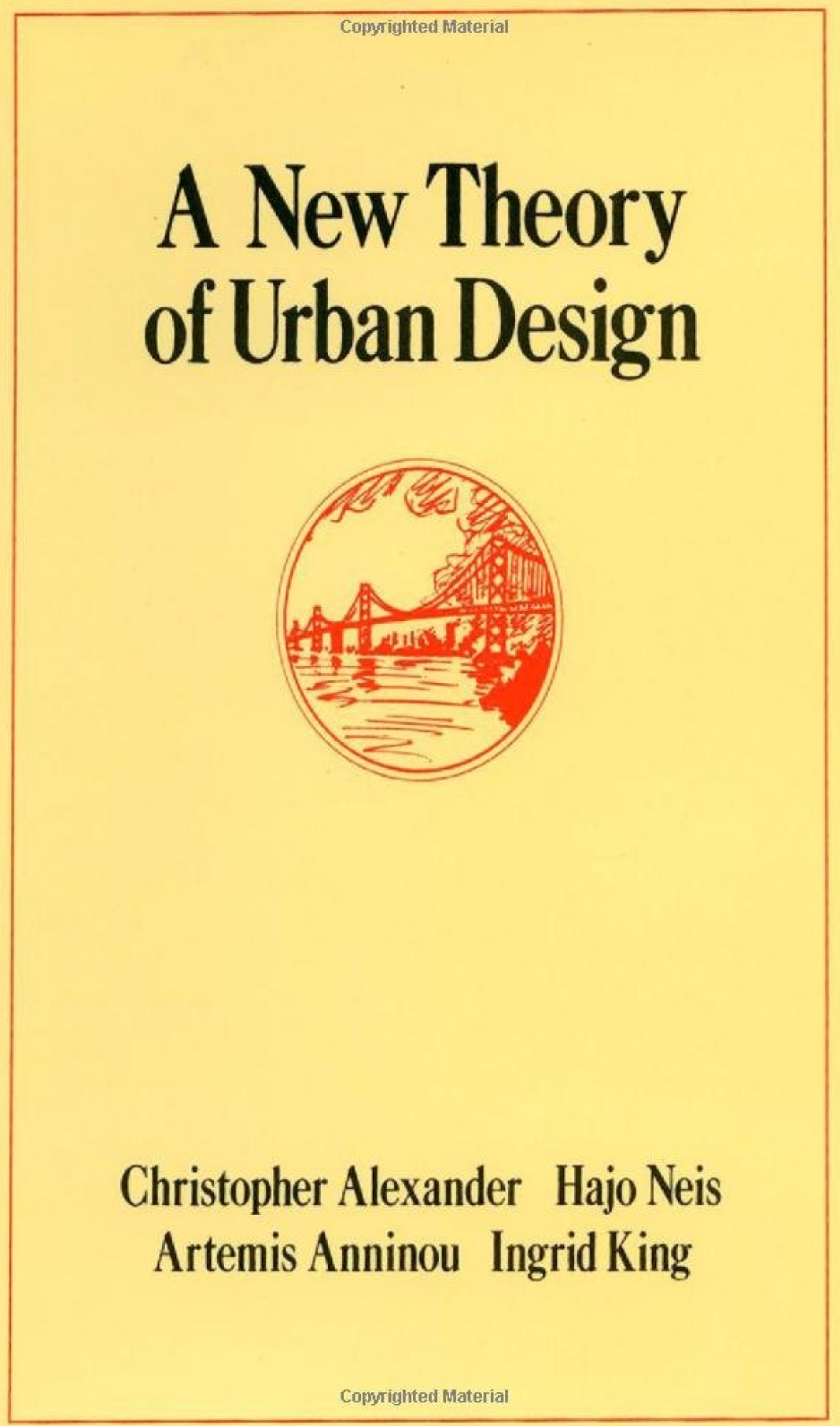
Emergent Tokyo
Tokyo is one of the most vibrant and livable cities on the planet, a megacity that somehow remains intimate and adaptive. Compared to Western metropolises like New York or Paris, however, few outsiders understand Tokyo’s inner workings. For cities around the globe mired in crisis and seeking new models for the future, Tokyo’s success at balancing between massive growth and local communal life poses a challenge: can we design other cities to emulate its best qualities?
Emergent Tokyo answers this question in the affirmative by delving into Tokyo’s most distinctive urban spaces, from iconic neon nightlife to tranquil neighborhood backstreets. Tokyo at its best offers a new vision for a human-scale urban ecosystem, where ordinary residents can shape their own environment in ways large and small, and communities take on a life of their own beyond government master planning and corporate profit-seeking. As Tokyoites ourselves, we uncover how five key features of Tokyo’s cityscape – yokochō alleyways, multi-tenant zakkyo buildings, undertrack infills, flowing ankyo streets, and dense low-rise neighborhoods – enable this ’emergent’ urbanism, allowing the city to organize itself from the bottom up. This book demystifies Tokyo’s emergent urbanism for an international audience, explaining its origins, its place in today’s Tokyo, and its role in the Tokyo of tomorrow. Visitors to Japan, architects, and urban policy practitioners alike will come away with a fresh understanding of the world’s premier megacity and a practical guide for how to bring Tokyo-style intimacy, adaptability, and spontaneity to other cities around the world.
By Jorge Almazán, Joe McReynolds, and Naoki Saito.

Subtract
We pile on “to-dos” but don’t consider “stop-doings.” We create incentives for good behavior, but don’t get rid of obstacles to it. We collect new-and-improved ideas, but don’t prune the outdated ones. Every day, across challenges big and small, we neglect a basic way to make things better: we don’t subtract. Klotz’s pioneering research shows us what is true whether we’re building Lego models, cities, grilled-cheese sandwiches, or strategic plans: Our minds tend to add before taking away, and this is holding us back.
But we have a choice—our blind spot need not go on taking its toll. Subtract arms us with the science of less and empowers us to revolutionize our day-to-day lives and shift how we move through the world. More or less.
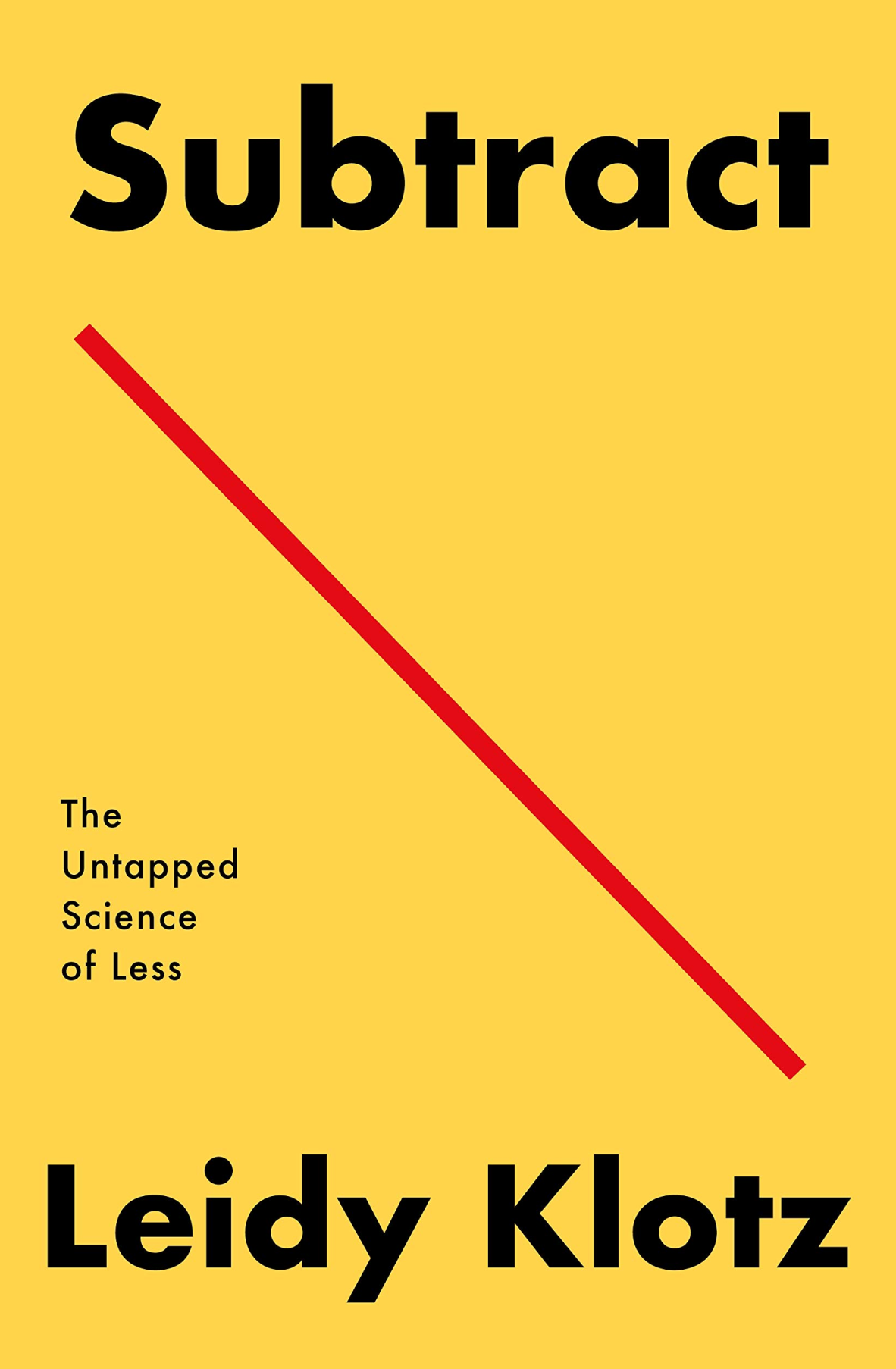
The Timeless Way of Building
In The Timeless Way of Building Christopher Alexander presents a new theory of architecture, building, and planning which has at its core that age-old process by which the people of a society have always pulled the order of their world from their own being.
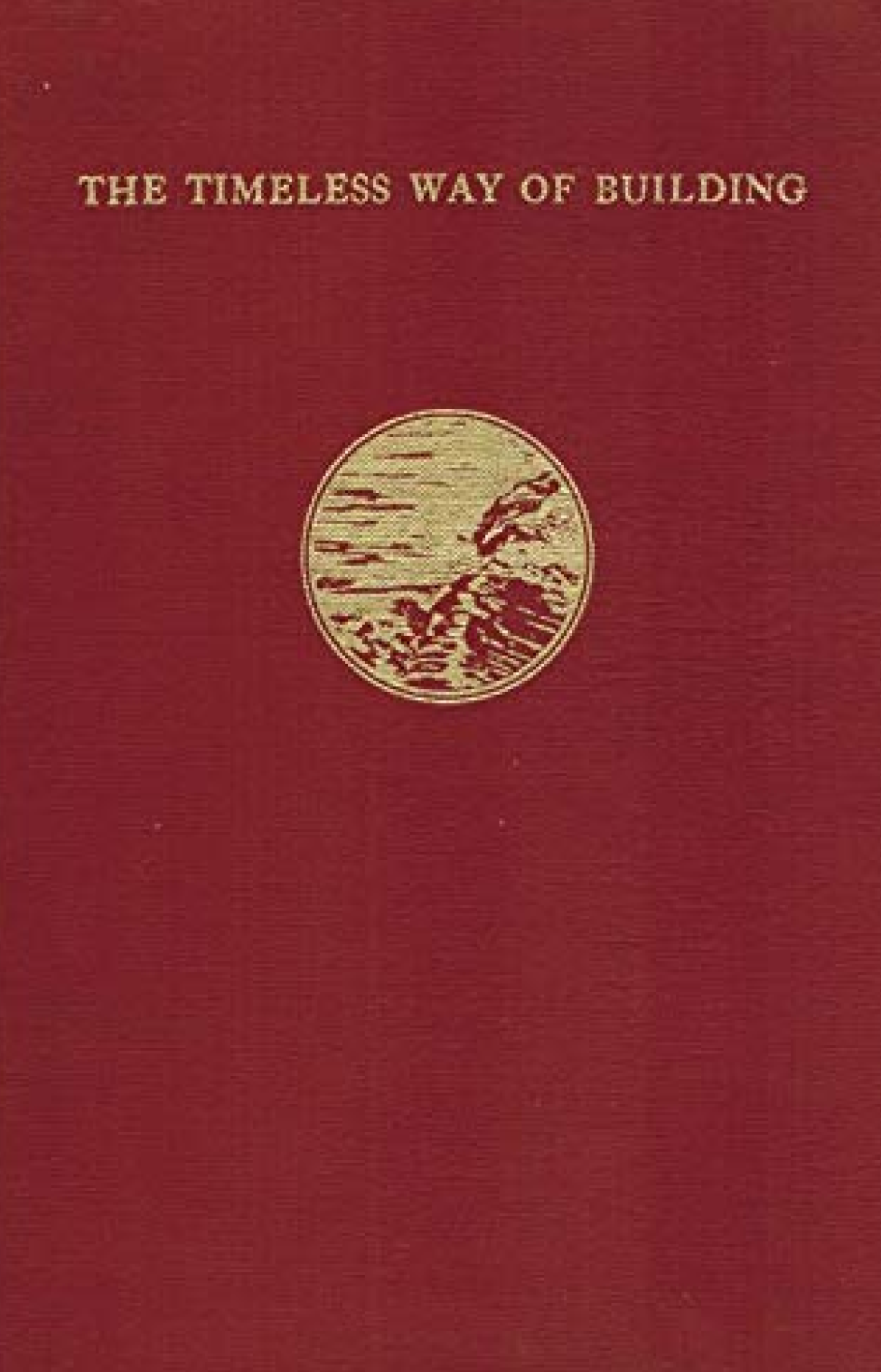
A Pattern Language
After a ten-year silence, Christopher Alexander and his colleagues at the Center for Environmental Structure are now publishing a major statement in the form of three books which will, in their words, lay the basis for an entirely new approach to architecture, building and planning, which will we
hope replace existing ideas and practices entirely.
The three books are The Timeless Way of Building, The Oregon Experiment, and this book, A Pattern Language. At the core of these books is the idea that people should design for themselves their own houses, streets, and communities. This idea may be radical (it implies a radical transformation of the architectural profession) but it comes simply from the observation that most of the wonderful places of the world were not made by architects but by the people.

The Oregon Experiment
The Oregon Experiment is the last book in series on architecture written by Christopher Alexander and his colleagues the Center for Environmental Structure. The other two books are The Timeless Way of Building and A Pattern Language.
This book is the master plan for the University of Oregon, and is now being implemented at that university; but it shows at the same time how any community the size of a university or small town might go about designing its own future environment-with all members of the community participating personally. It is a concrete example at the Center’s theories in practice, showing in simple detail, with numerous illustrations, how to implement six guiding principles: organic order, participation, piecemeal growth, patterns, diagnosis, and coordination.

The Well-Tempered City
In The Well-Tempered City, Jonathan F. P. Rose—the man who “repairs the fabric of cities”—distills a lifetime of interdisciplinary research and firsthand experience into a five-pronged model for how to design and reshape our cities with the goal of equalizing their landscape of opportunity. Drawing from the musical concept of “temperament” as a way to achieve harmony, Rose argues that well-tempered cities can be infused with systems that bend the arc of their development toward equality, resilience, adaptability, well-being, and the ever-unfolding harmony between civilization and nature. These goals may never be fully achieved, but our cities will be richer and happier if we aspire to them, and if we infuse our every plan and constructive step with this intention.
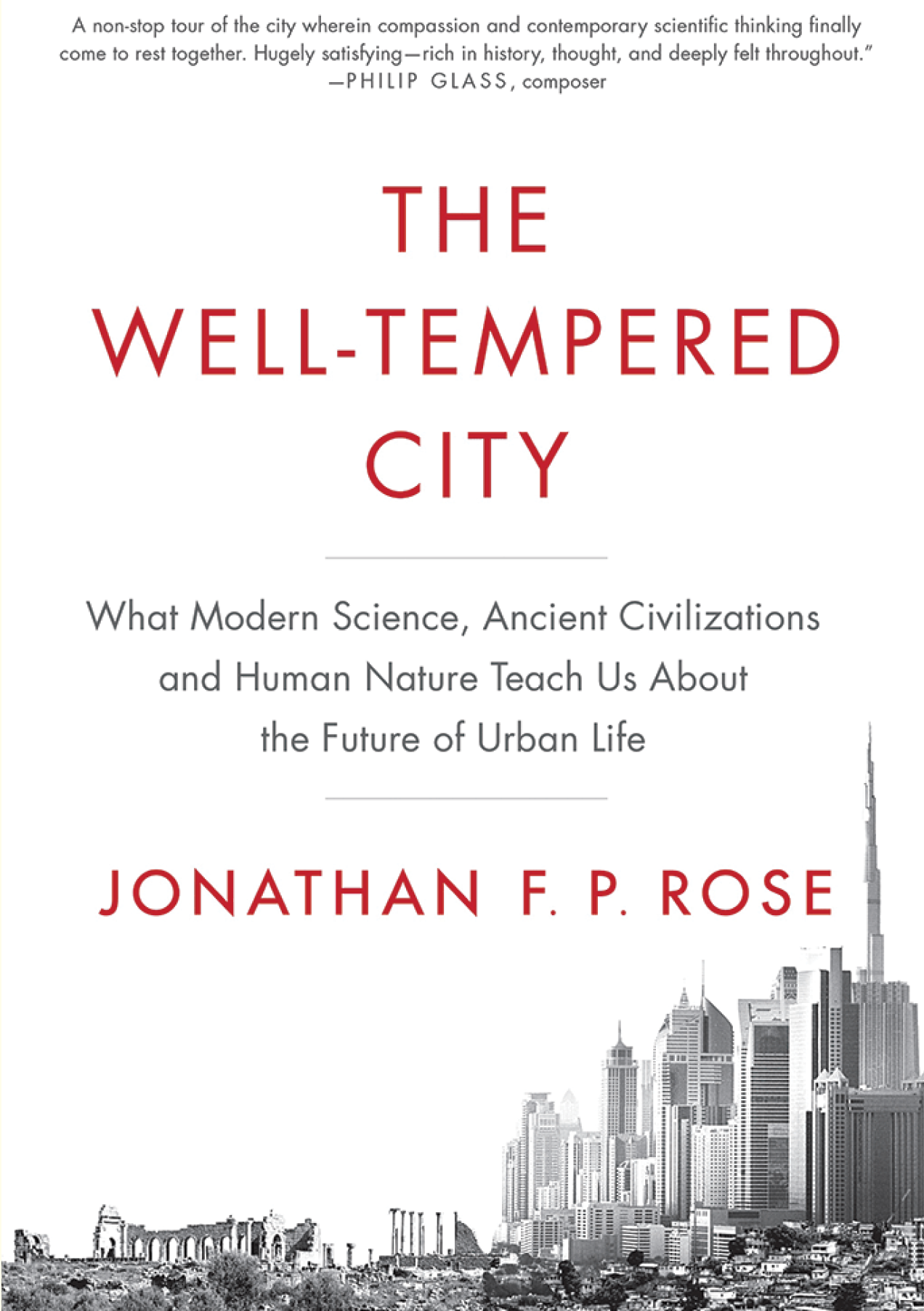
Walking in Berlin
In Walking in Berlin, Franz Hessel captures the rhythm of Weimar-era Berlin, recording the seismic shifts in German culture. Nearly all of the essays take the form of a walk or outing, focusing on either a theme or part of the city, and many end at a theater, cinema, or club. Hessel deftly weaves the past with the present, walking through the city’s history as well as its neighborhoods. Even today, his walks in the city, from the Alexanderplatz to Kreuzberg, can guide would-be flaneurs.
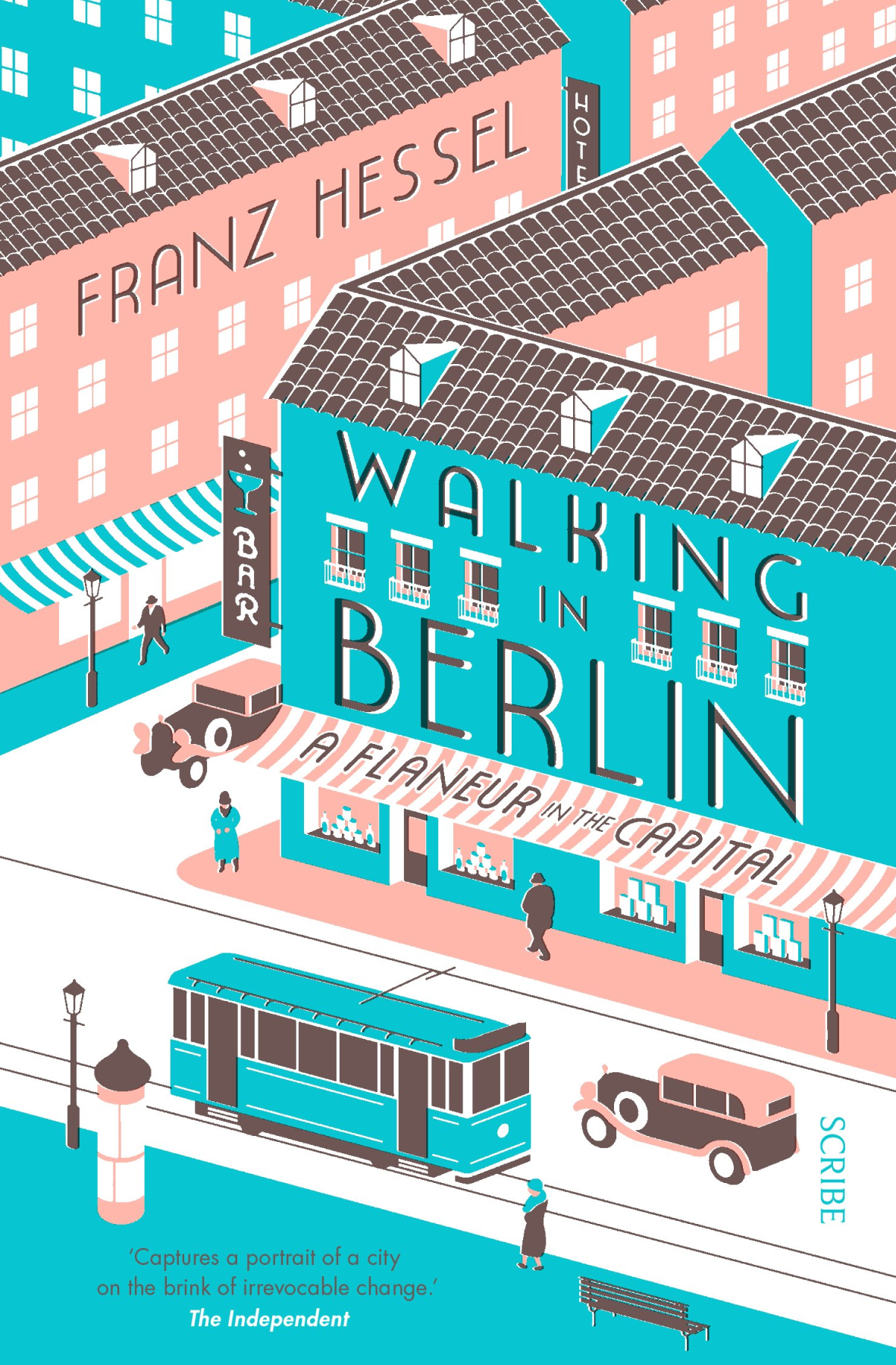
Disability and the City
People with disabilities are one of the poorest groups in Western societies. In particular, they lack power, education and opportunities. For most disabled people, their daily reality is dependence on a carer, while trying to survive on state welfare payments. The dominant societal stereotype of disability as a ′pitiful′ state reinforces the view that people with disabilities are somehow ′less than human′. In taking exception to these, and related, conceptions of disability, Disability and the City explores one of the crucial contexts within which the marginal status of disabled people is experienced: the interrelationships between disability, physical access, and the built environment. The author seeks to explore some of the critical processes underpinning the social construction and production of disability as a state of marginalization and oppression in the built environment. These concerns are interwoven with a discussion of the changing role of the state in defining, categorizing, and (re)producing ′states of disablement′ for people with disabilities.
By Rob Imrie.

Age-Friendly Cities and Communities
As the drive towards creating age-friendly cities grows, this important book provides a comprehensive survey of theories and policies aimed at improving the quality of life of older people living in urban areas. Part of the Ageing in a Global Context series, Age-Friendly Cities and Communities gathers critical assessments from leading international researchers of the problems and potentials of designing environments that benefit citizens of all ages. The authors consider how cities respond to aging populations, their strategies for developing age-friendly communities, and the extent to which older people themselves can be involved in the co-production of advantageous policies and practices.
Edited by Tine Buffel, Sophie Handler, Chris Phillipson.

The Walker
There is no such thing as a false step. Every time we walk we are going somewhere. Especially if we are going nowhere. Moving around the modern city is not a way of getting from A to B, but of understanding who and where we are. In The Walker, Matthew Beaumont retraces episodes in the history of the walker since the mid-nineteenth century.
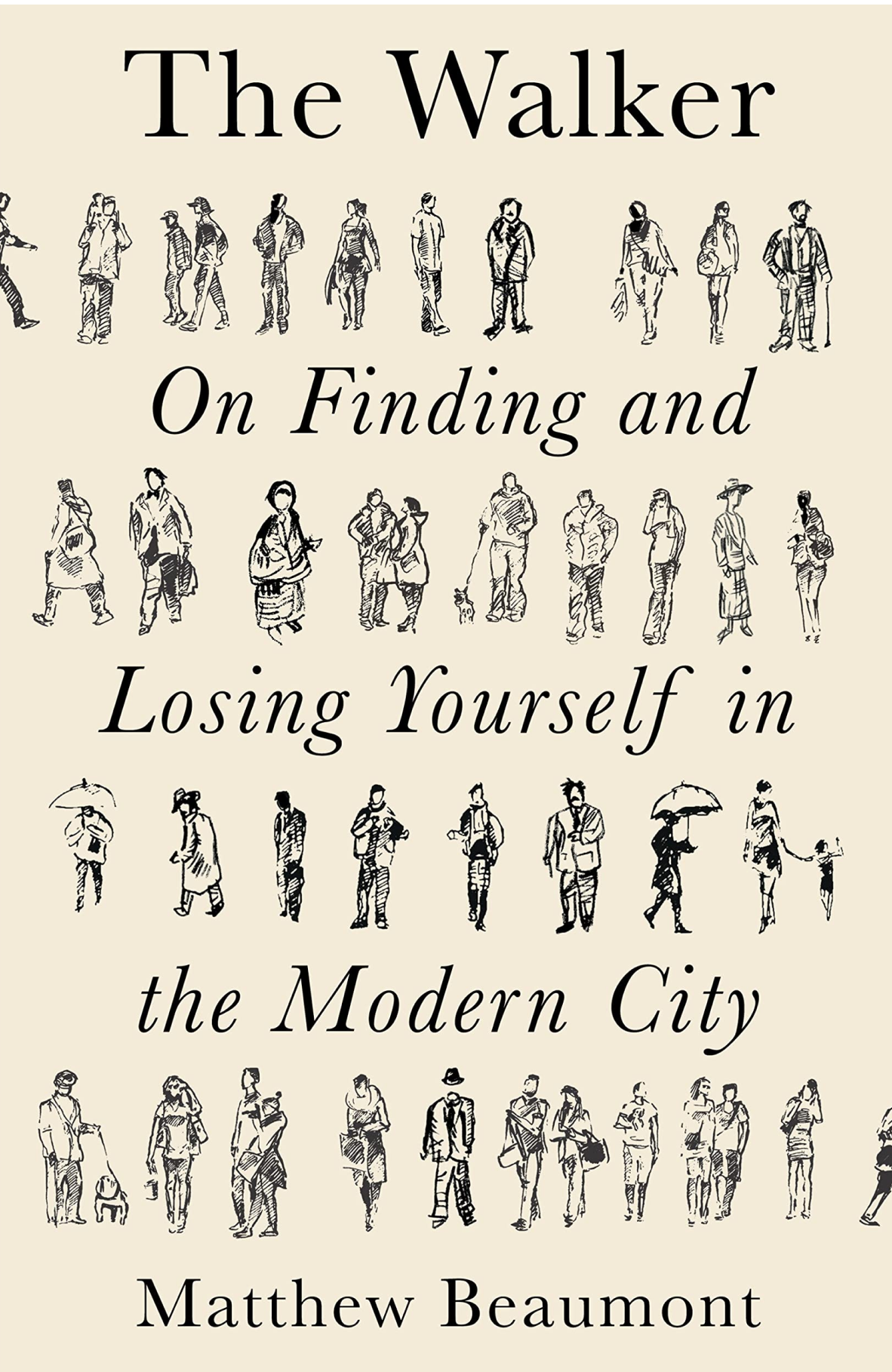
Providence Streets Coalition
The Providence Streets Coalition is an alliance of community organizations, local businesses, schools, institutions, civic leaders, and engaged individuals advocating for people-friendly streets in Providence. We support providing more transportation options to improve safety, equity, sustainability, prosperity, health, and quality-of-life in our city and region.

Livable Streets
Streets have become dangerous, unlivable environments, yet most people live on them. Streets need to be redefined as sanctuaries; as livable places; as communities; as resident territory; as places for play, greenery, and local history. Neighborhoods should be protected, though not to the point of being exclusionary. In Livable Streets, Donald Appleyard examines the neighborhood unit, the environmental area and the Woonerf as models for the protected neighborhood. The criteria for a protected neighborhood depend on acceptable speeds, volumes, noise levels, reduction of accidents, and rights-of-way for pedestrians.
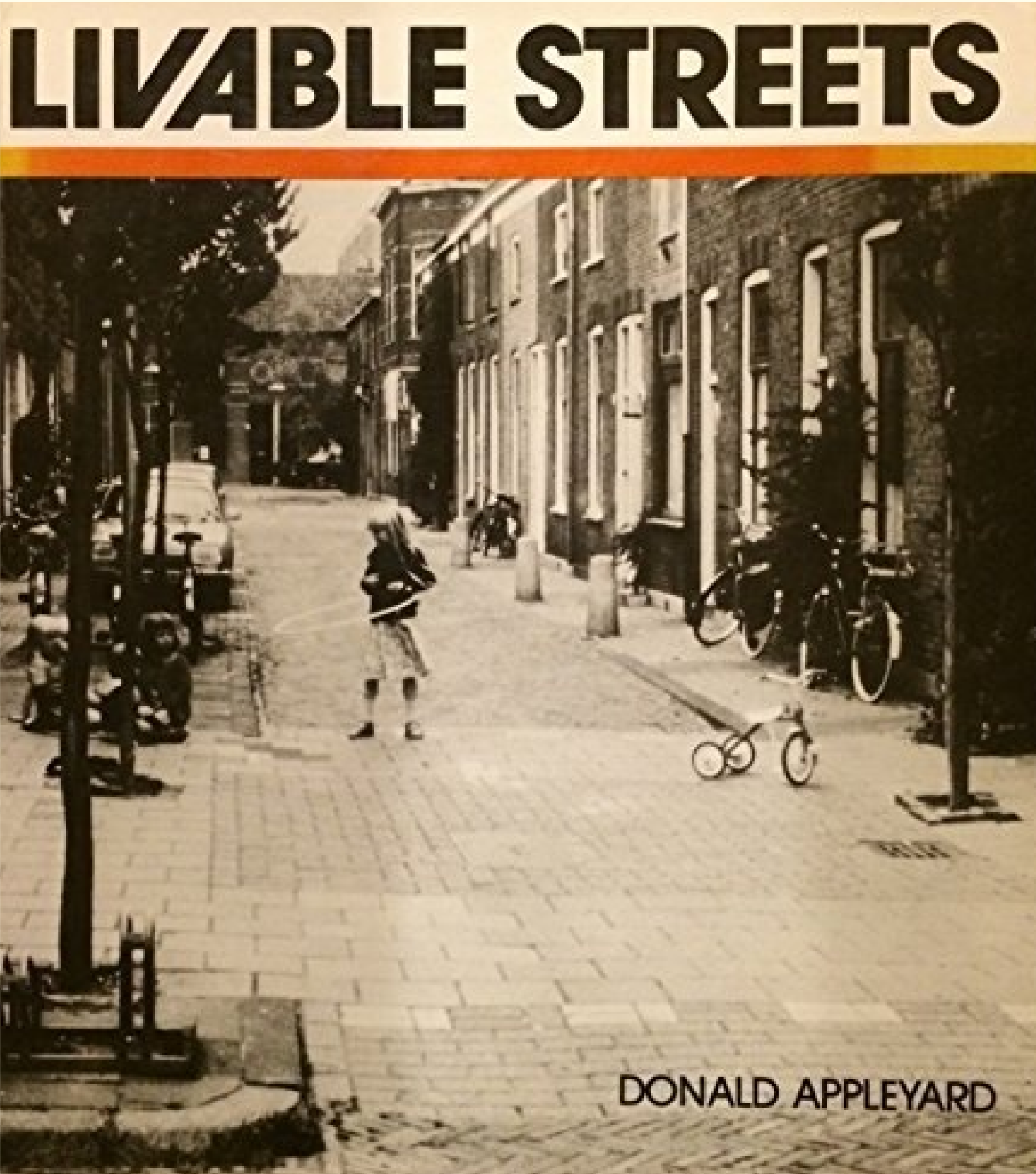
The Village Effect
Marrying the findings of the new field of social neuroscience together with gripping human stories, Susan Pinker explores in The Village Effect the impact of face-to-face contact from cradle to grave, from city to Sardinian mountain village, from classroom to workplace, from love to marriage to divorce. Her results are enlightening and enlivening, and they challenge our assumptions. Most of us have left the literal village behind, and don’t want to give up our new technologies to go back there. But, as Pinker writes so compellingly, we need close social bonds and uninterrupted face-time with our friends and families in order to thrive–even to survive. Creating our own “village effect” can make us happier. It can also save our lives.
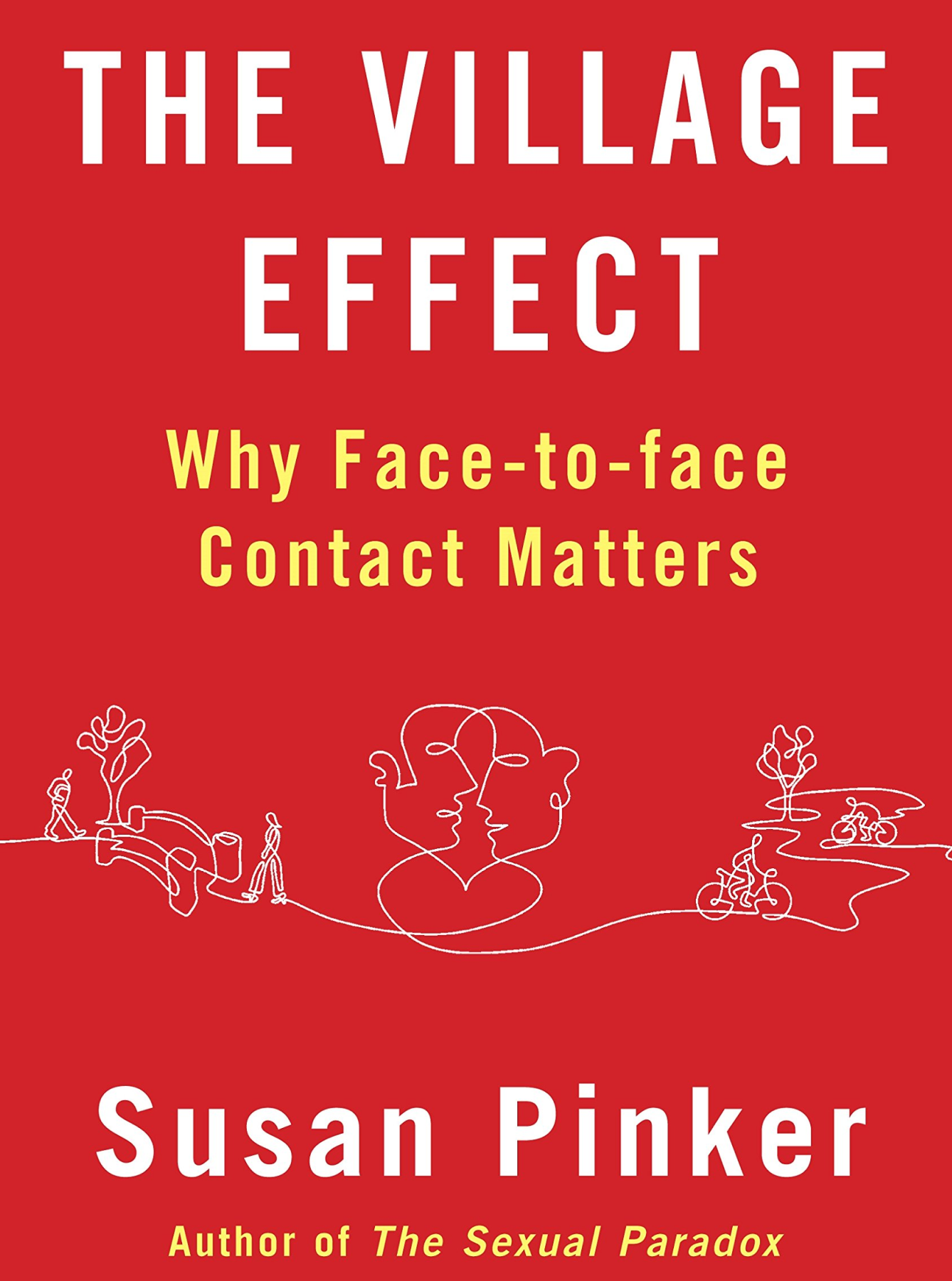
Street Corner Society
Street Corner Society is one of a handful of works that can justifiably be called classics of sociological research. William Foote Whyte’s account of the Italian American slum he called “Cornerville”—Boston’s North End—has been the model for urban ethnography for fifty years.
By mapping the intricate social worlds of street gangs and “corner boys,” Whyte was among the first to demonstrate that a poor community need not be socially disorganized. His writing set a standard for vivid portrayals of real people in real situations. And his frank discussion of his methodology—participant observation—has served as an essential casebook in field research for generations of students and scholars.
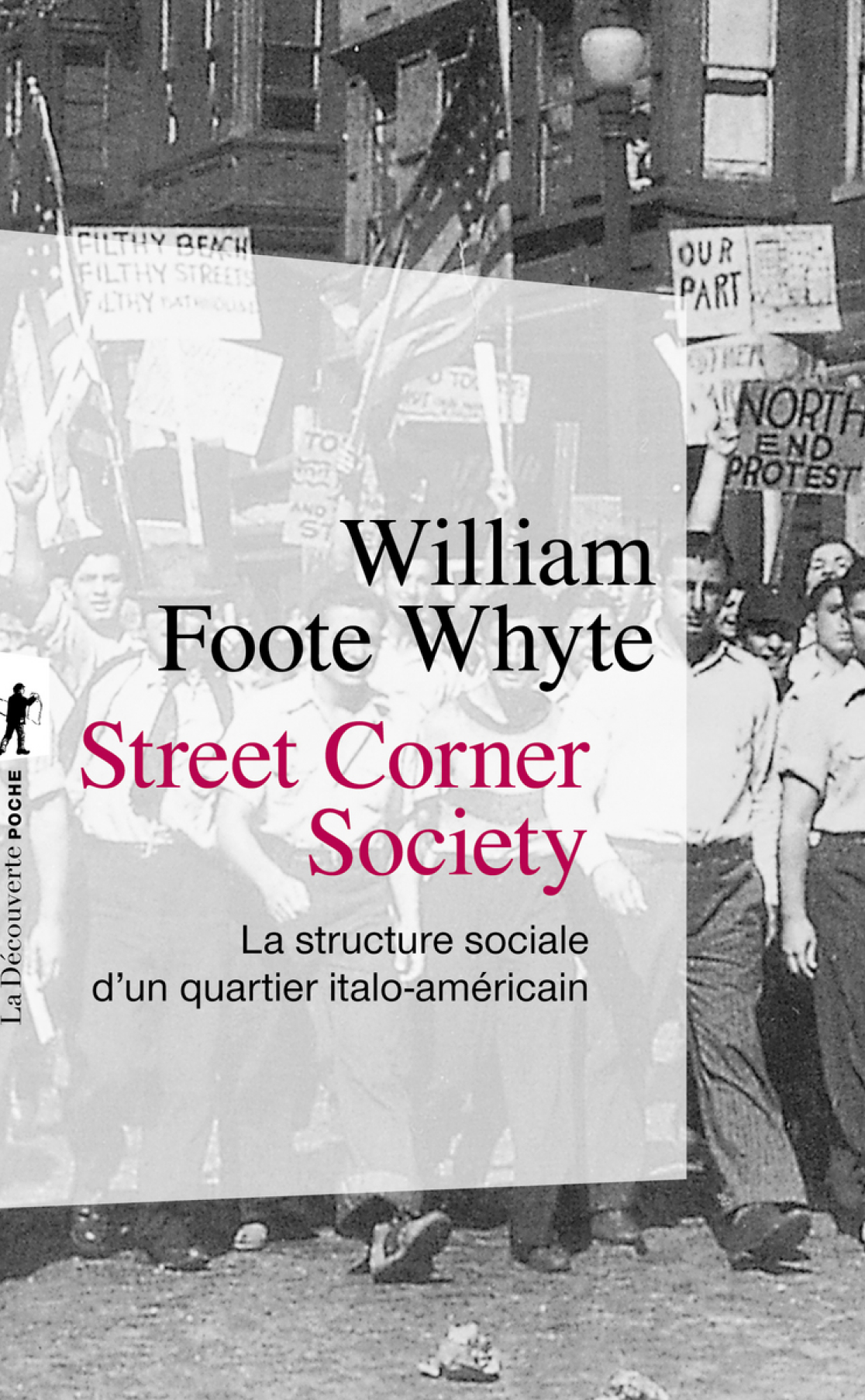
Urban Villagers
Hebert Gans’ study of Italian Americans in Boston’s West End is one of the classics of contemporary sociology.
Providing a first-hand account of life in an inner city of contemporary sociology, Urban Villagers is a systematic and sensitive analysis of working-class culture and of the politicians, planners, and other outside professionals who affected it.
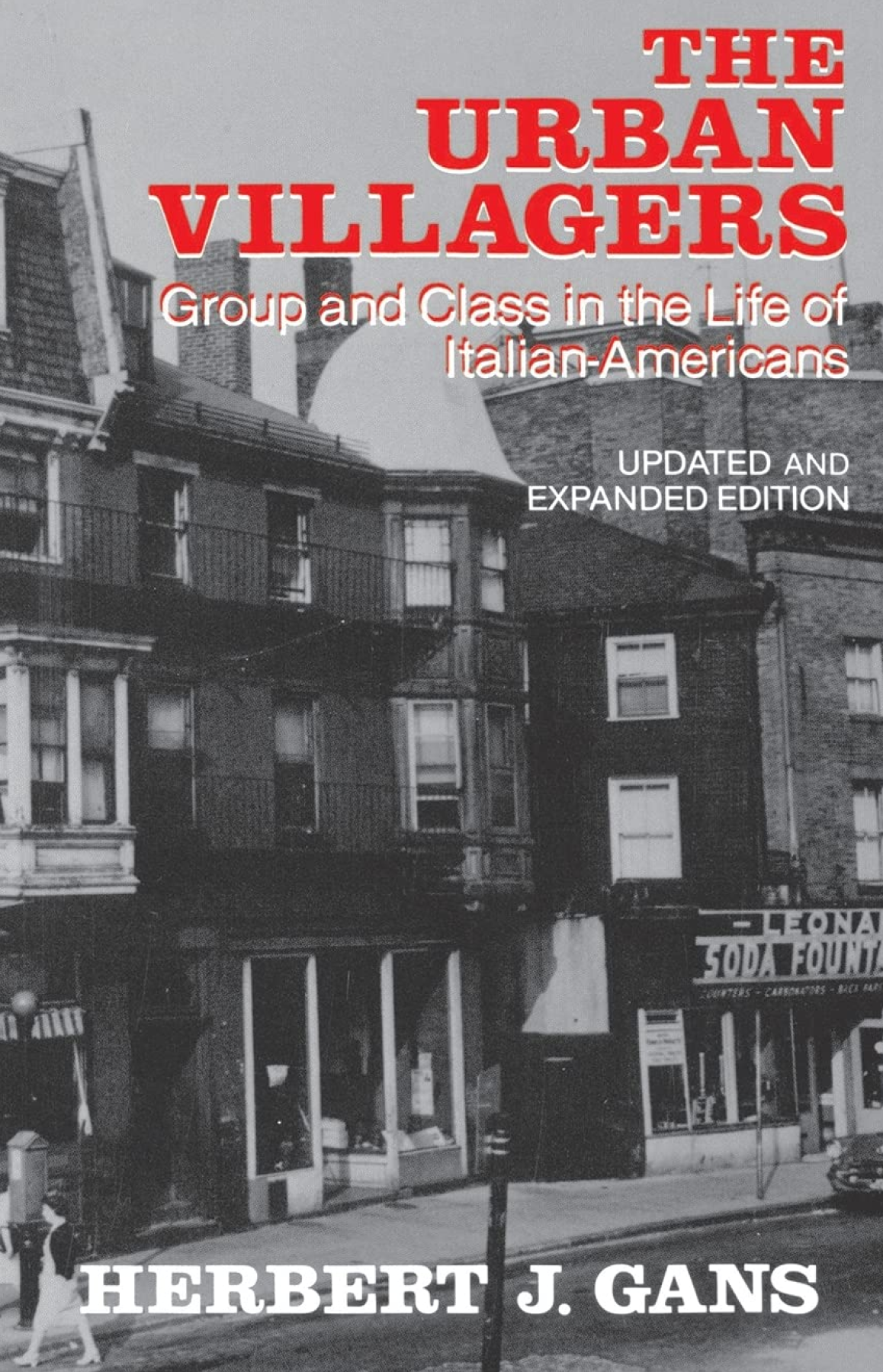
The Geography of Nowhere
In elegant and often hilarious prose, Kunstler depicts our nation’s evolution from the Pilgrim settlements to the modern auto suburb in all its ghastliness. The Geography of Nowhere tallies up the huge economic, social, and spiritual costs that America is paying for its car-crazed lifestyle. It is also a wake-up call for citizens to reinvent the places where we live and work, to build communities that are once again worthy of our affection. Kunstler proposes that by reviving civic art and civic life, we will rediscover public virtue and a new vision of the common good.

What Amsterdam can teach other cities about connecting people
Cornelia Dinca shares the idea of leveraging the power of digital connectivity to make urban functions more effective. By providing examples within the city of Amsterdam, Cornelia invigorates her plea for smart, human-connected cities.
Watch this TEDx talk on YouTube.

We let kids design our city – here’s what happened
As adults, we think of kids as “future citizens.” Their ideas and opinions will matter someday, but not today — there must be a reason the voting age is 18, right? But kids make up 25% of the population — shouldn’t we include them in some important conversations? In this inspiring talk, urban planner Mara Mintzer wonders what would happen if we let children design our cities.
Watch this TEDx talk on YouTube.
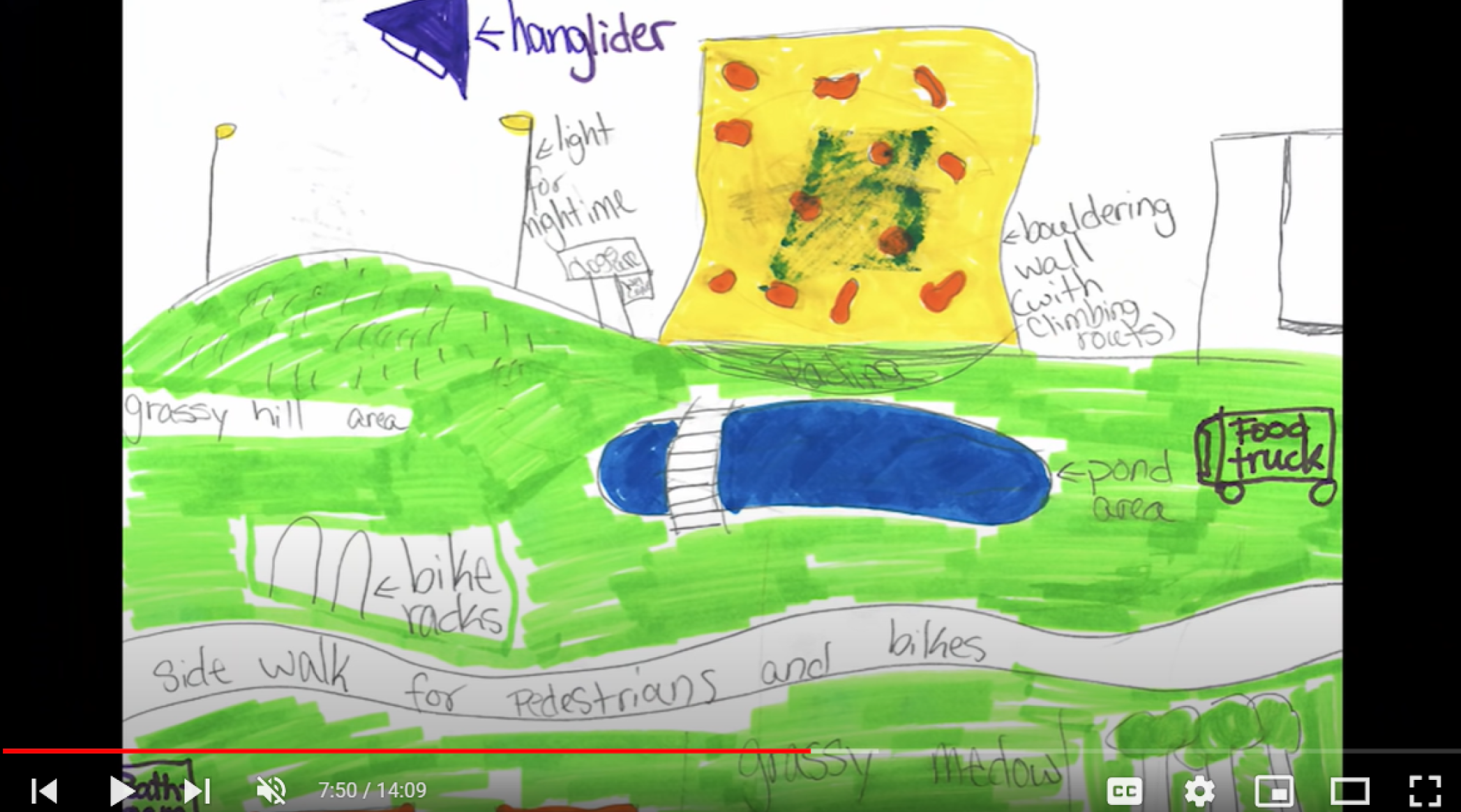
Why millennials should move to smaller cities
While social media and social norms tell us that big cities are the place to be, Andy Vargas argues for post-industrial mid-sized cities across the United States. These are known as Prospect Cities and they’re giving millennials a great place to launch almost any career. They’re cheaper, close enough to the big city, and facing serious social challenges that millennials especially can help solve.
Watch this TEDx talk on YouTube.
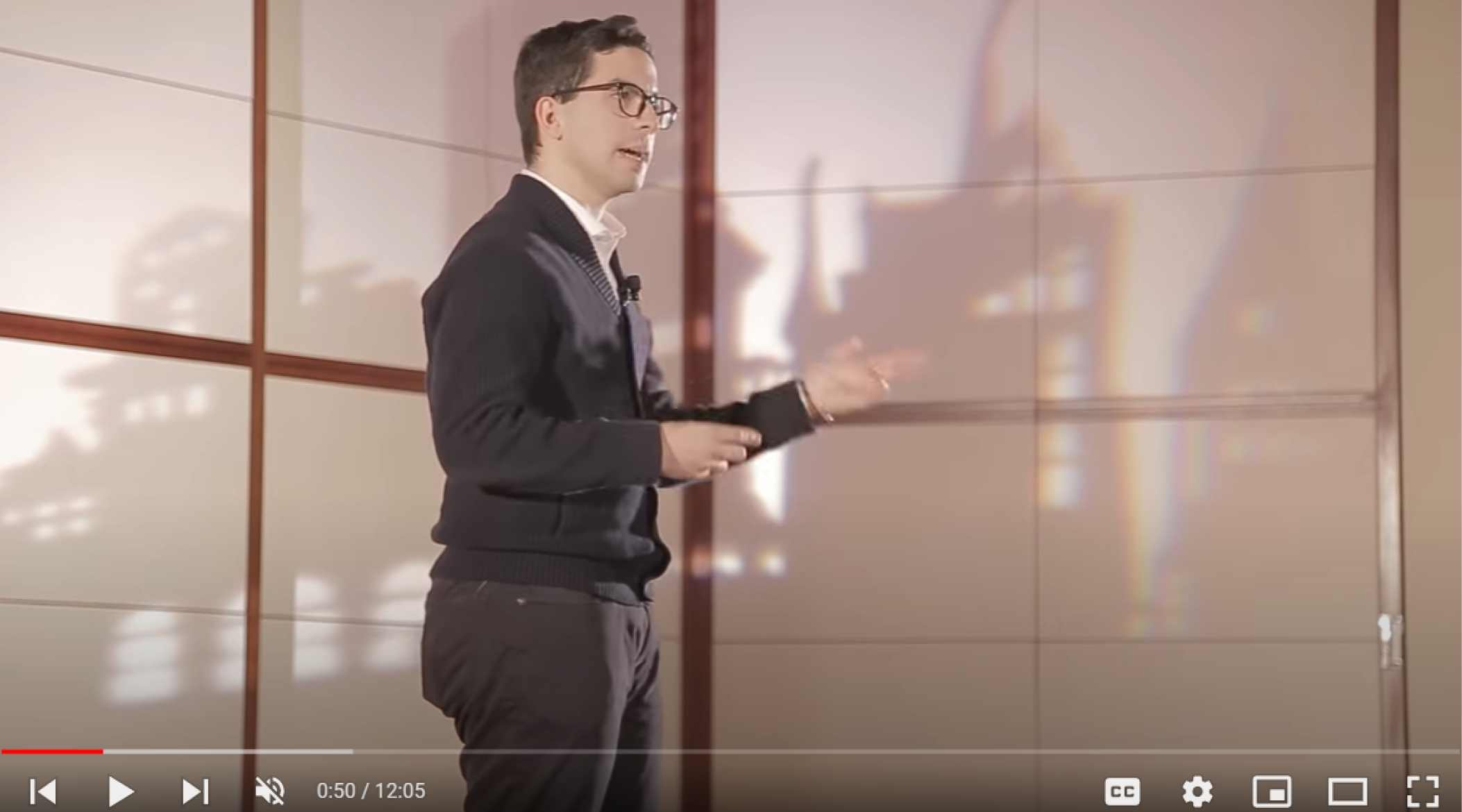
Bicycle Culture by Design
Mikael Colville-Andersen is an urban mobility expert and CEO for Copenhagenize Consulting. He is often called Denmark’s Bicycle Ambassador but he has learned the hard way that this title is a dismal pick-up line in bars. Colville-Andersen and his team advise cities and towns around the world regarding bicycle planning, infrastructure and communication strategies. He applies his marketing expertise to campaigns that focus on selling bicycle culture and bicycle transport to a mainstream audience as opposed to the existing cycling sub-cultures in particular with his famous Cycle Chic brand. Colville-Andersen gives talks around the world about bicycle culture, design and social media.
Watch this TEDx talk on YouTube.
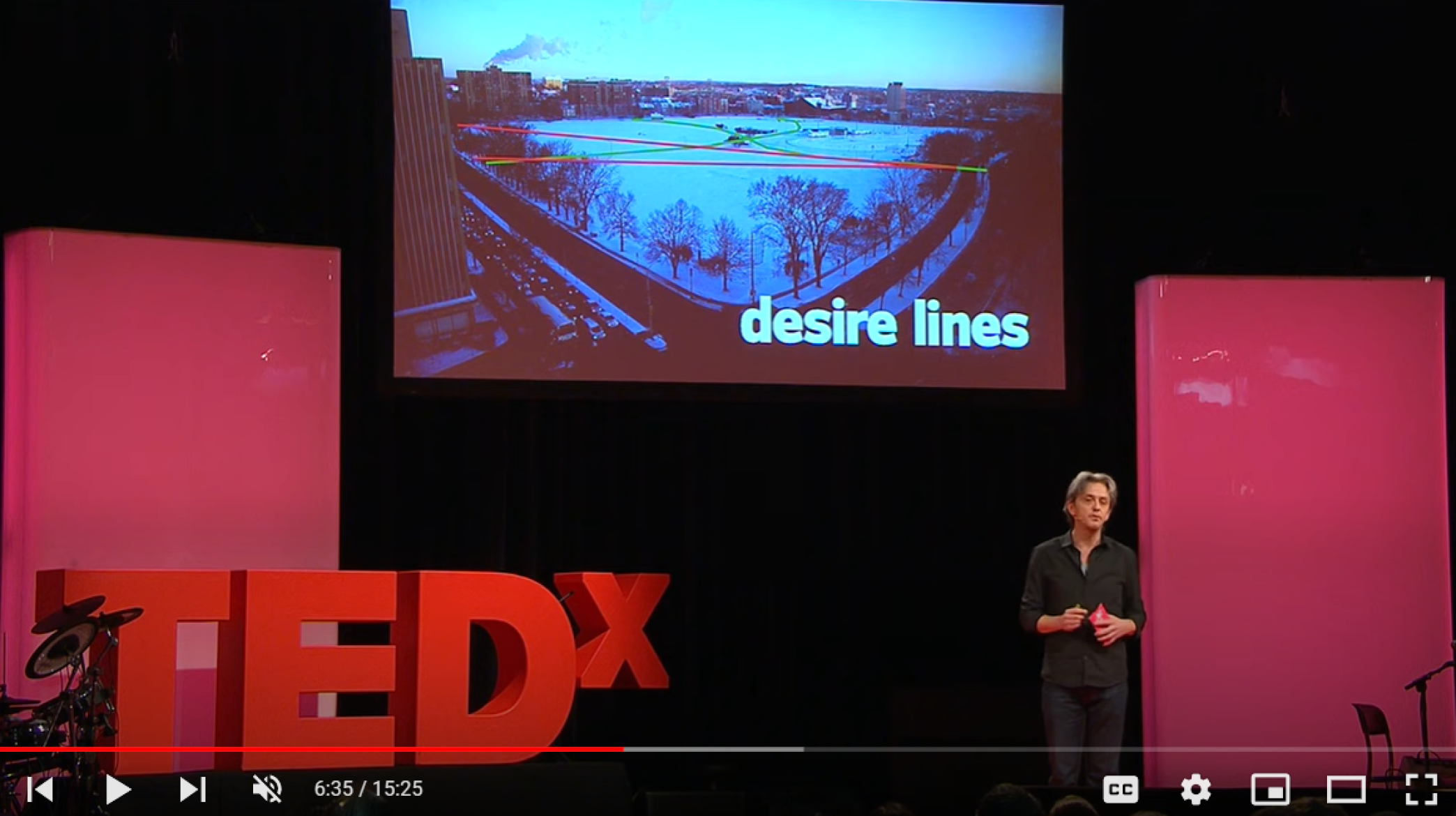
The Life-Sized City
“Somewhere in there, in the dark shadow of the Cult of Big, behind the mountain of obsessive growth, there is a lovely little place called the Life-Sized City. In the Life-Sized City, things are different.” – Urban designer Mikael Colville-Andersen takes us on a journey back to the future. A future that can be rational, with cities that can be better than they have been for 70 years. It all starts with The Life-Sized City and rejecting the Cult of Big.
Watch this TEDx talk on YouTube.
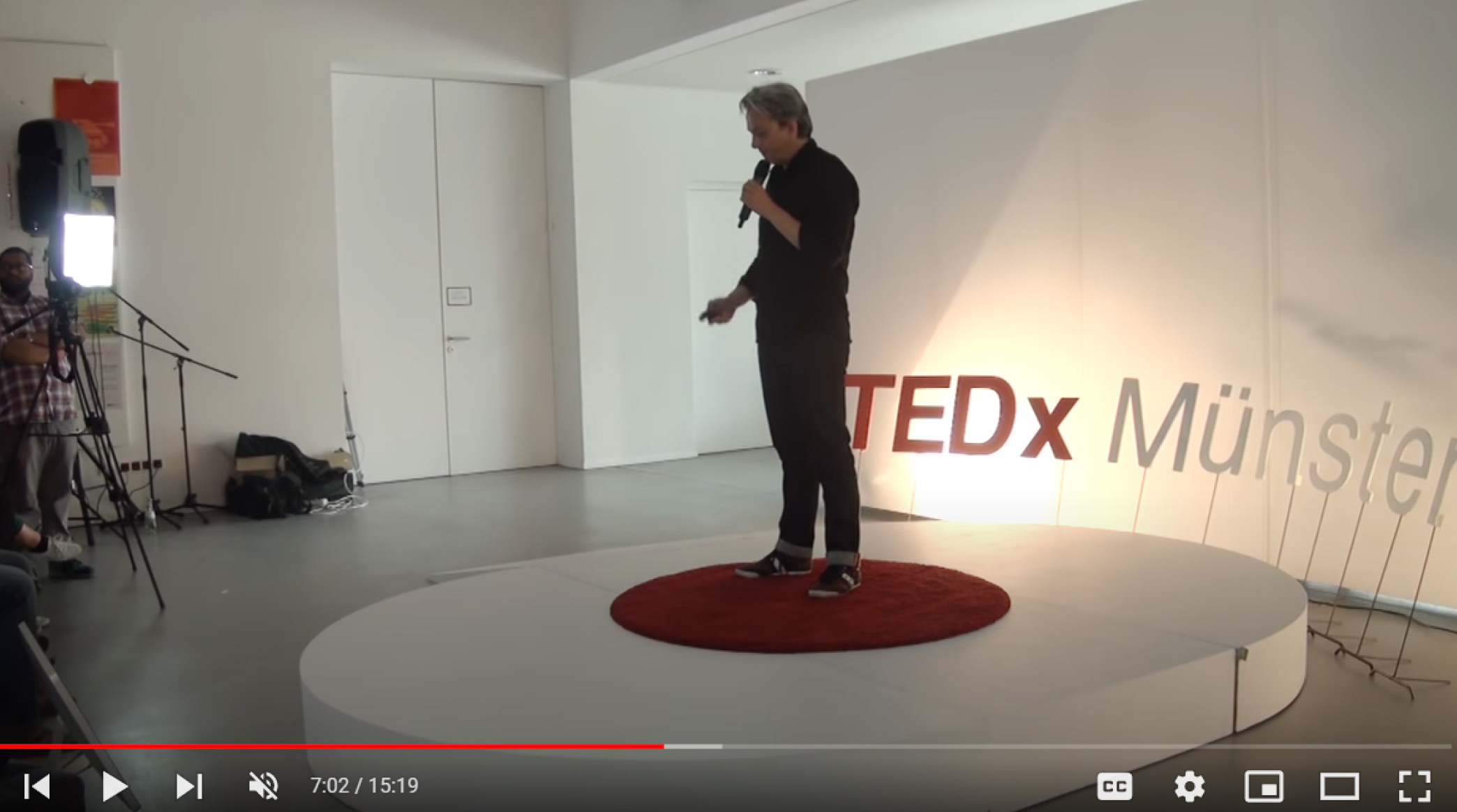
Why we shouldn’t bike with a helmet
Mikael Colville-Andersen talks about how important the bicycle is for liveable cities and how bicycle helmets are threatening bicycle culture.
Watch this TEDx talk on YouTube.
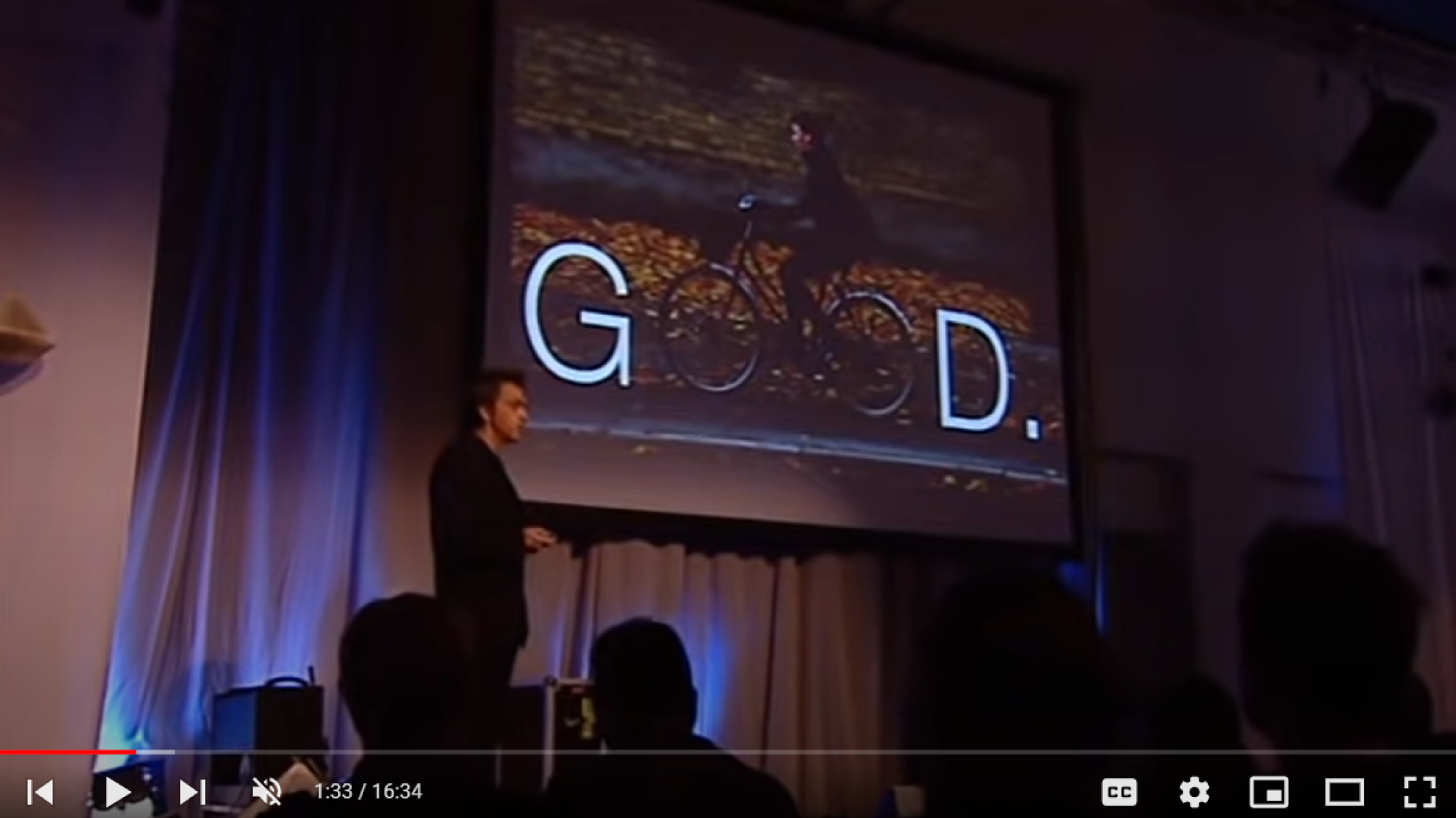
Add some magic to a public space near you
Every human has a deep longing for home and a sense of place. But home is not where many people think it is, because home is a feeling – not a location. David Engwicht is a place maker and founder of Creative Communities International, a social innovation incubator. The son of an itinerant gospel preacher, David grew up on the fringes with no sense of place. He shares his secrets for helping ordinary citizens add magic and soul to the public spaces in their neighborhood or town center.
Watch this TEDx talk on YouTube.
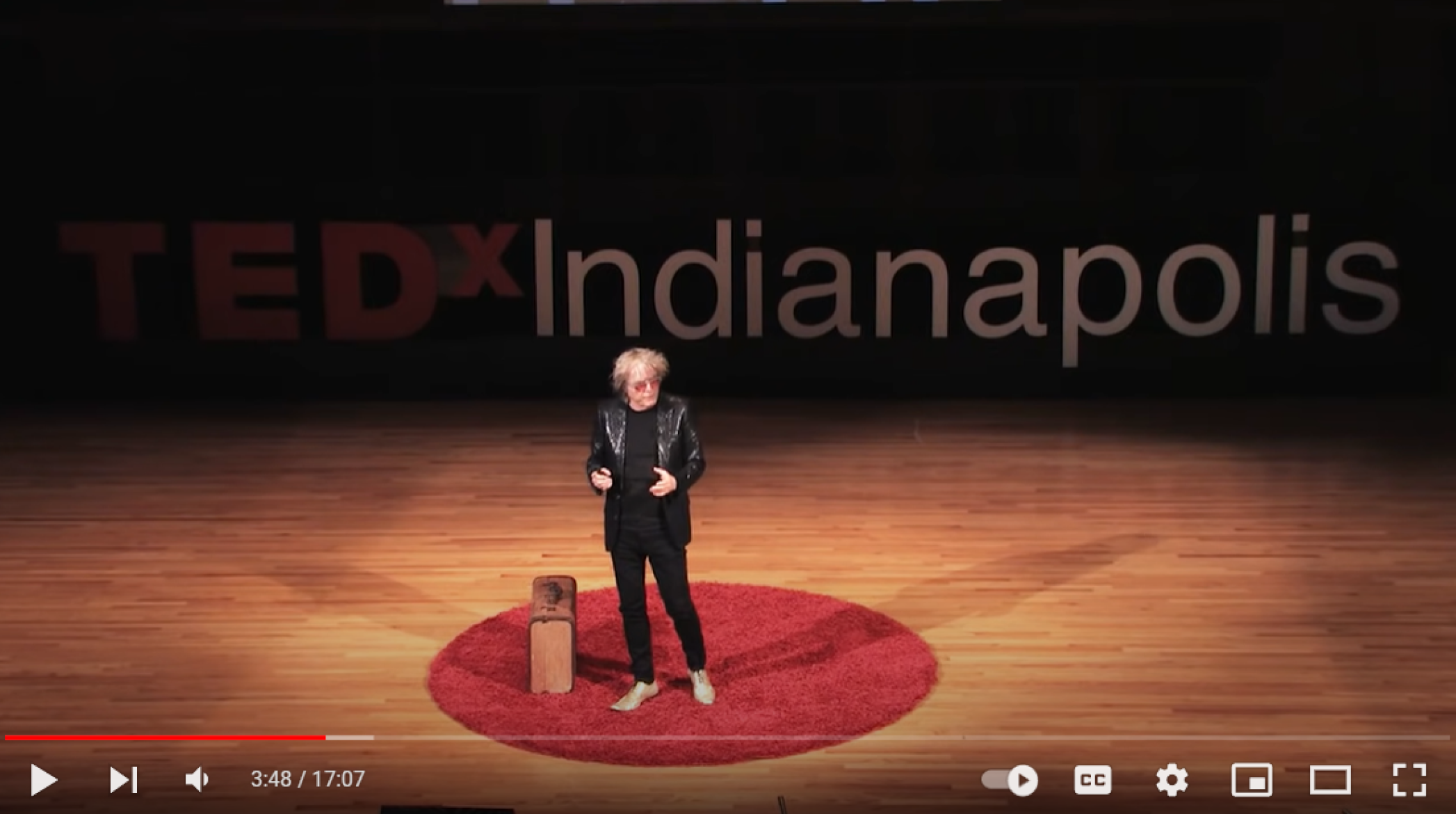
The architectural mastermind behind modern Singapore
Cities designed like families can last for generations. Skeptical? Look to master architect Liu Thai Ker, who transformed Singapore into a modern marvel with his unique approach to sustainable urban design. Liu shares creative wisdom and perspective on how marrying a humanist heart, a scientific mind and an artistic eye creates a resilient marriage of form and function. A talk that both humbles and inspires.
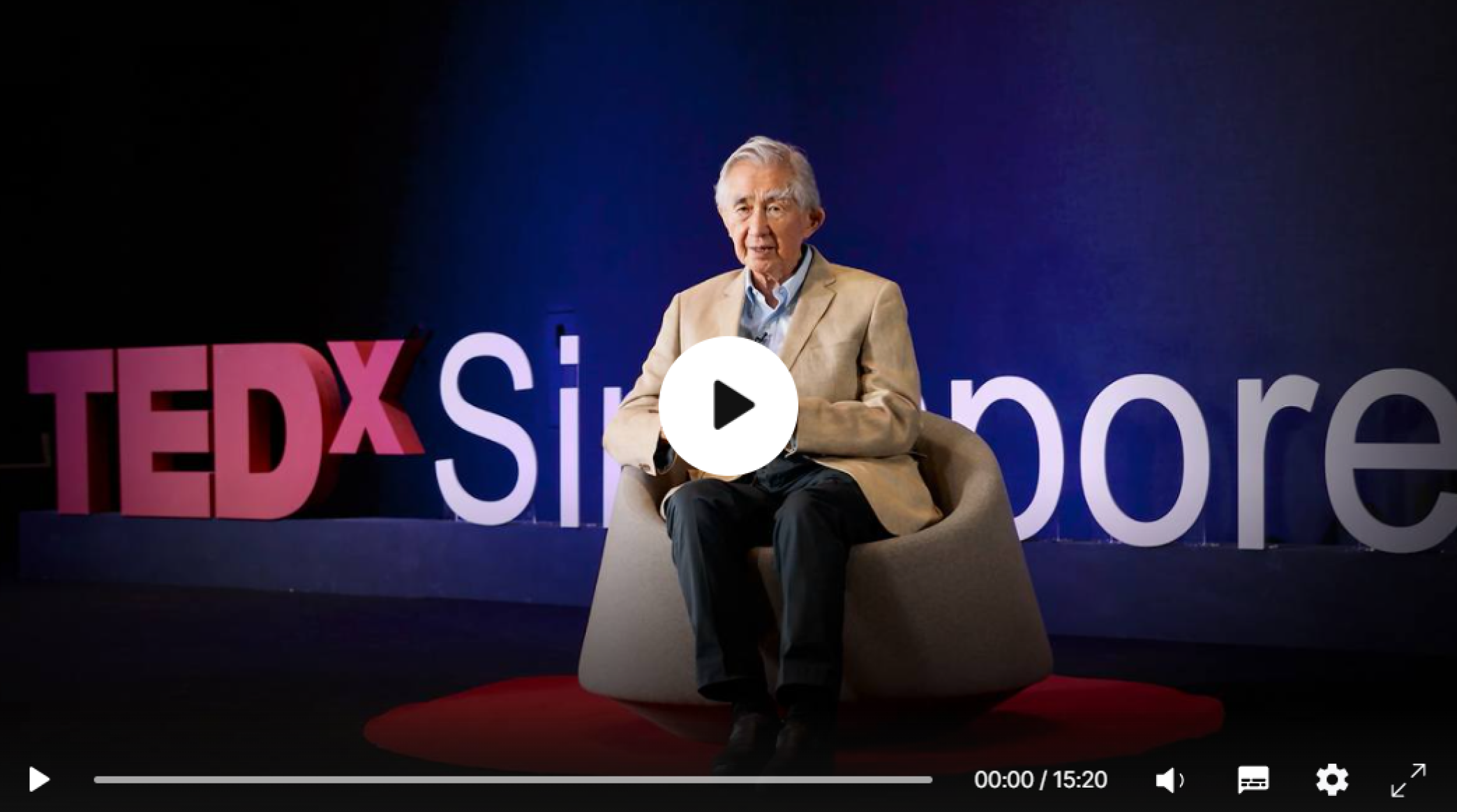
Placemaking With Children And Youth
From a history of children’s rights to case studies discussing international initiatives that aim to create child-friendly cities, Placemaking with Children and Youth offers comprehensive guidance in how to engage children and youth in the planning and design of local environments. It explains the importance of children’s active participation in their societies and presents ways to bring all generations together to plan cities with a high quality of life for people of all ages. Not only does it delineate best practices in establishing programs and partnerships, it also provides principles for working ethically with children, youth, and families, paying particular attention to the inclusion of marginalized populations.
By Victoria Derr, Louise Chawla, and Mara Mintzer.
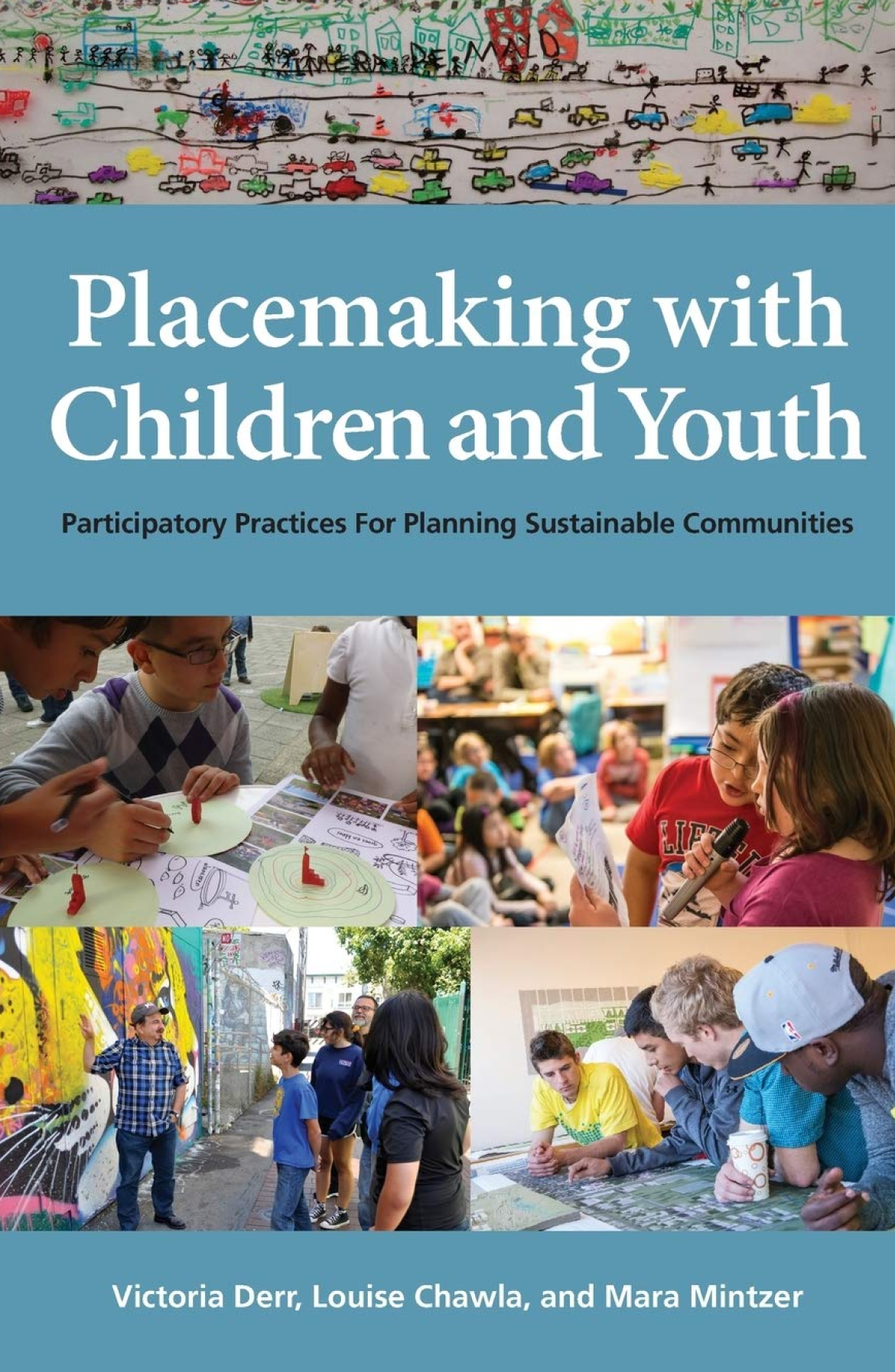
Keep Walking Intently
A study of walking as artistic action, from Surrealism to Fluxus. Walking, that most basic of human actions, was transformed in the twentieth century by Surrealism, the Situationist International, and Fluxus into a tactic for revolutionizing everyday life. Each group chose locations in the urban landscape as sites—from the flea markets and bars of Paris to the sidewalks of New York—and ambulation as the essential gesture. Keep Walking Intently traces the meandering and peculiar footsteps of these avant-garde artists as they moved through the city, encountering the marvelous, studying the environment, and re-enchanting the banal. Art historian Lori Waxman reveals the radical potential that walking holds for us all.
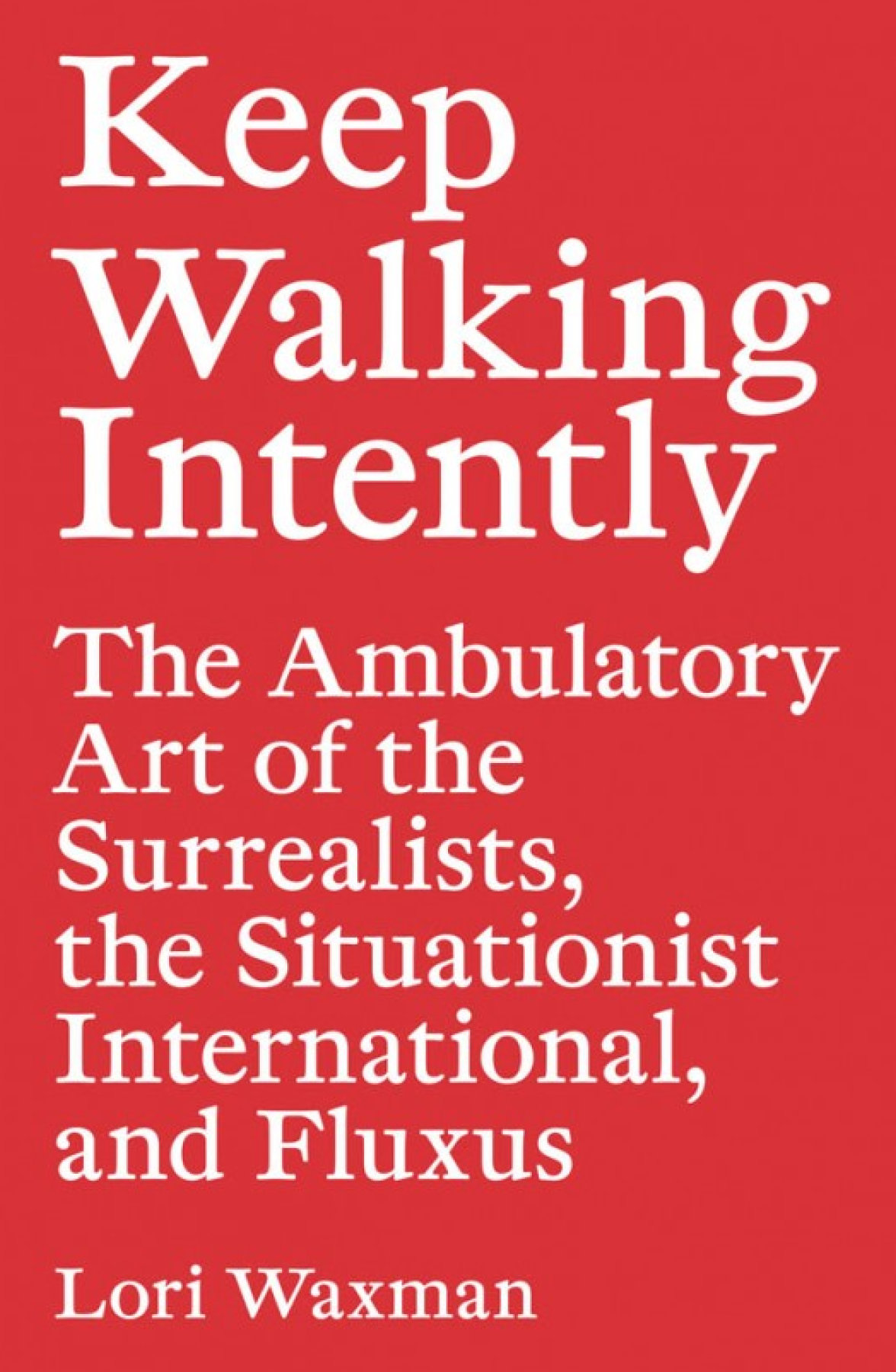
Wanderlust
Drawing together many histories – of anatomical evolution and city design, of treadmills and labyrinths, of walking clubs and sexual mores – Rebecca Solnit creates a fascinating portrait of the range of possibilities presented by walking. Arguing that the history of walking includes walking for pleasure as well as for political, aesthetic, and social meaning, Solnit focuses on the walkers whose everyday and extreme acts have shaped our culture, from philosophers to poets to mountaineers. She profiles some of the most significant walkers in history and fiction – from Wordsworth to Gary Snyder, from Jane Austen’s Elizabeth Bennet to Andre Breton’s Nadja – finding a profound relationship between walking and thinking and walking and culture. Solnit argues for the necessity of preserving the time and space in which to walk in our ever more car-dependent and accelerated world.

In Praise of Walking
In this book, neuroscientist Shane O’Mara invites us to marvel at the benefits walking confers on our bodies and brains, and to appreciate the advantages of this uniquely human skill. From walking’s evolutionary origins, traced back millions of years to life forms on the ocean floor, to new findings from cutting-edge research, he reveals how the brain and nervous system give us the ability to balance, weave through a crowded city, and run our “inner GPS” system. Walking is good for our muscles and posture; it helps to protect and repair organs, and can slow or turn back the aging of our brains. With our minds in motion we think more creatively, our mood improves, and stress levels fall. Walking together to achieve a shared purpose is also a social glue that has contributed to our survival as a species.
As our lives become increasingly sedentary, O’Mara makes the case that we must start walking again—whether it’s up a mountain, down to the park, or simply to school and work. In Praise of Walking illuminates the joys, health benefits, and mechanics of walking, and reminds us to get out of our chairs and discover a happier, healthier, more creative self.
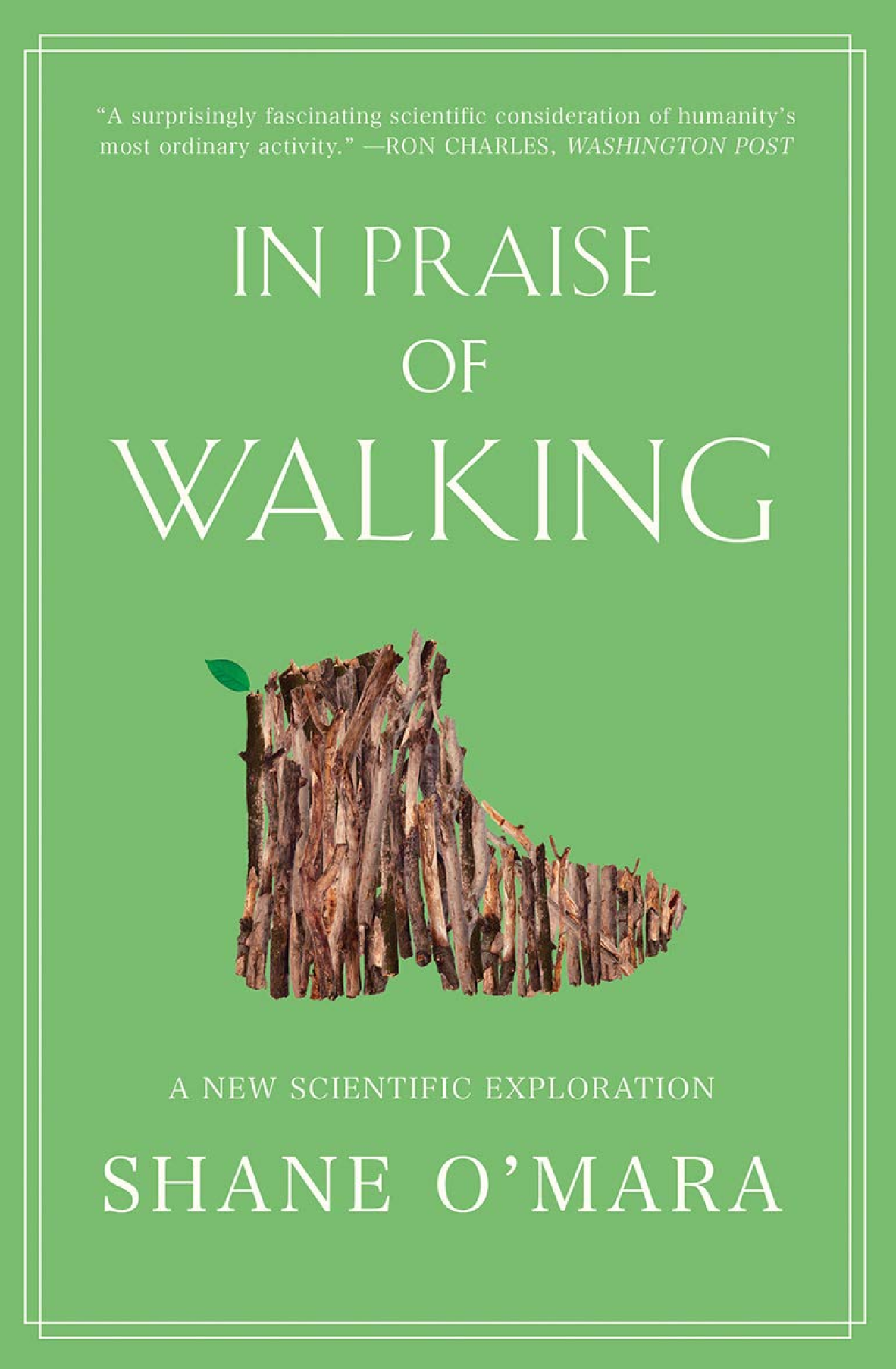
Flâneuse
Part cultural meander, part memoir, Flâneuse takes us on a distinctly cosmopolitan jaunt that begins in New York, where Elkin grew up, and transports us to Paris via Venice, Tokyo, and London, all cities in which she’s lived. We are shown the paths beaten by such flâneuses as the cross-dressing nineteenth-century novelist George Sand, the Parisian artist Sophie Calle, the wartime correspondent Martha Gellhorn, and the writer Jean Rhys. With tenacity and insight, Elkin creates a mosaic of what urban settings have meant to women, charting through literature, art, history, and film the sometimes exhilarating, sometimes fraught relationship that women have with the metropolis.
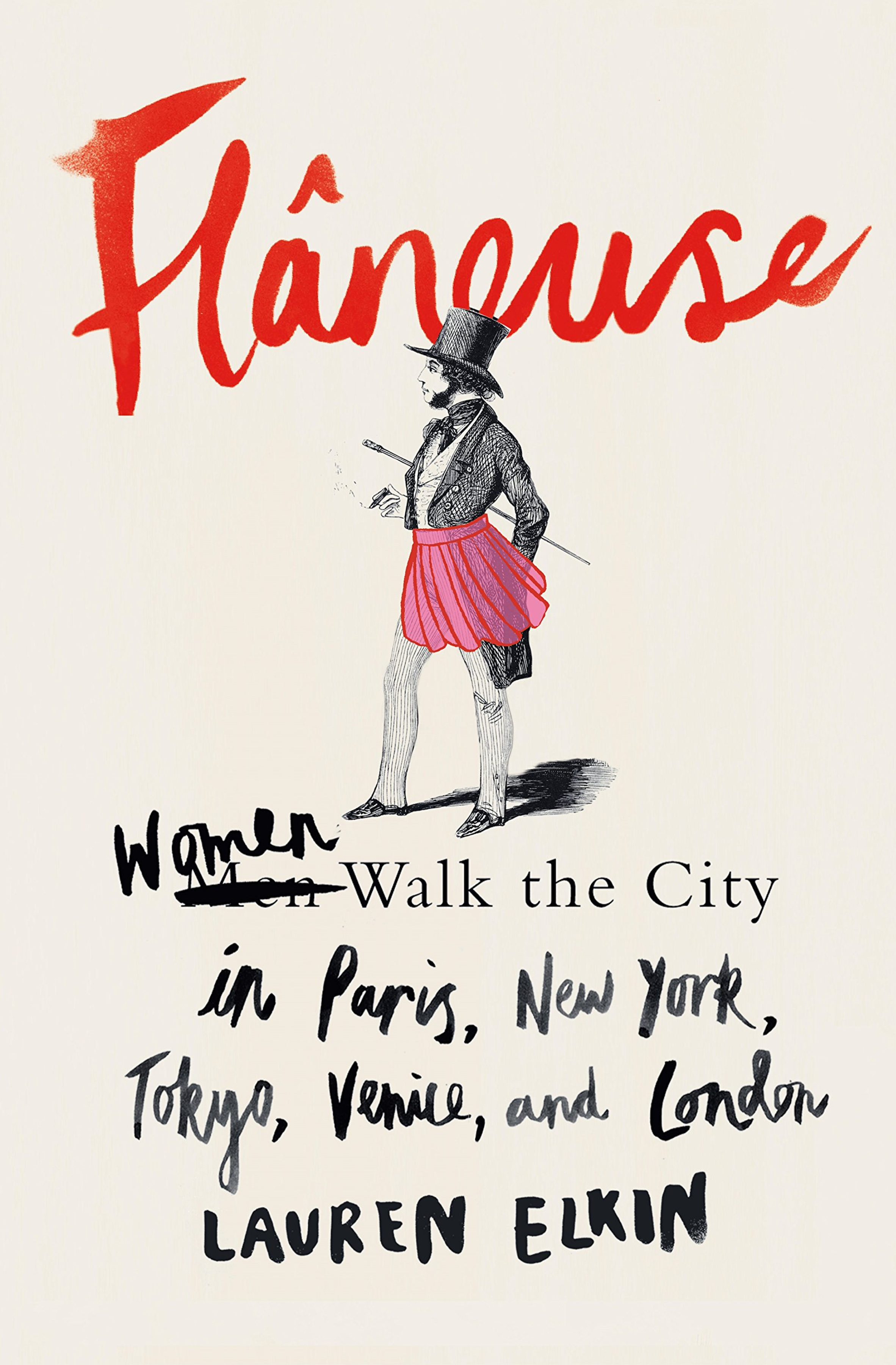
Happy City
A globe-trotting, eye-opening exploration of how cities can—and do—make us happier people Charles Montgomery’s Charles Montgomery’s Happy City is revolutionizing the way we think about urban life.
After decades of unchecked sprawl, more people than ever are moving back to the city. Dense urban living has been prescribed as a panacea for the environmental and resource crises of our time. But is it better or worse for our happiness? Are subways, sidewalks, and condo towers an improvement on the car dependence of the suburbs?
The award-winning journalist Charles Montgomery finds answers to such questions at the intersection between urban design and the emerging science of happiness, during an exhilarating journey through some of the world’s most dynamic cities. He meets the visionary mayor who introduced a “sexy” bus to ease status anxiety in Bogotá; the architect who brought the lessons of medieval Tuscan hill towns to modern-day New York City; the activist who turned Paris’s urban freeways into beaches; and an army of American suburbanites who have hacked the design of their own streets and neighborhoods.
Rich with new insights from psychology, neuroscience, and Montgomery’s own urban experiments, Happy City reveals how cities can shape our thoughts as well as our behavior. The message is ultimately as surprising as it is hopeful: by retrofitting cities and our own lives for happiness, we can tackle the urgent challenges of our age. The happy city can save the world—and we can all help build it.
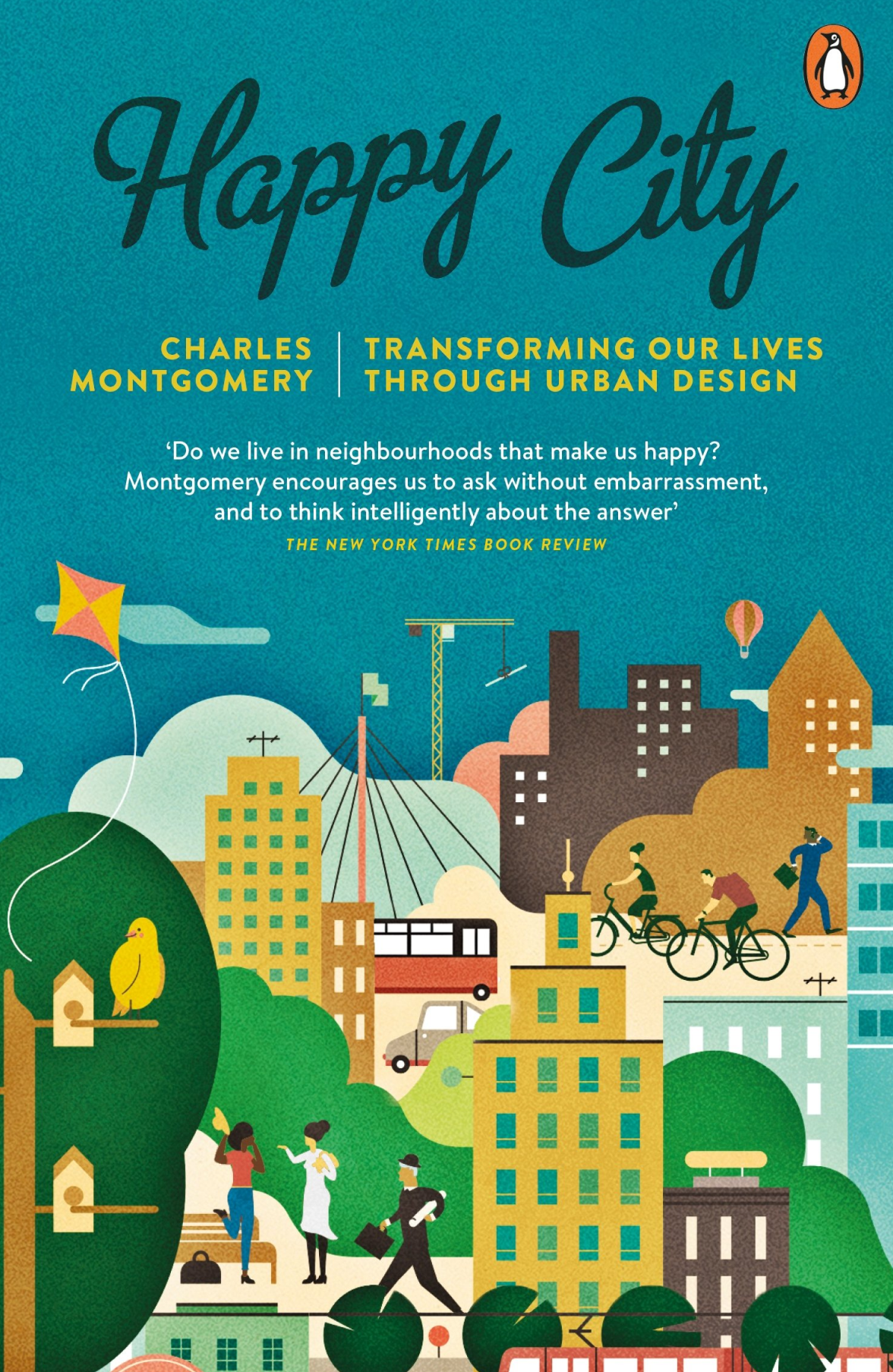
The Parking Lot Movie (2010)
Hailed as the “most feel-good film” of the South by Southwest Film Festival 2010, The Parking Lot Movie celebrates a brotherhood of eccentric attendants who man a unique parking lot in Virginia. From grad students to middle-age slackers, indie-rock musicians to surly philosophers, these over-educated part-timers wax profoundly about car culture and capitalism, seek vengeance against entitled patrons and thieves, and make fun of drunken jerks.
Produced by Meghan Eckman.
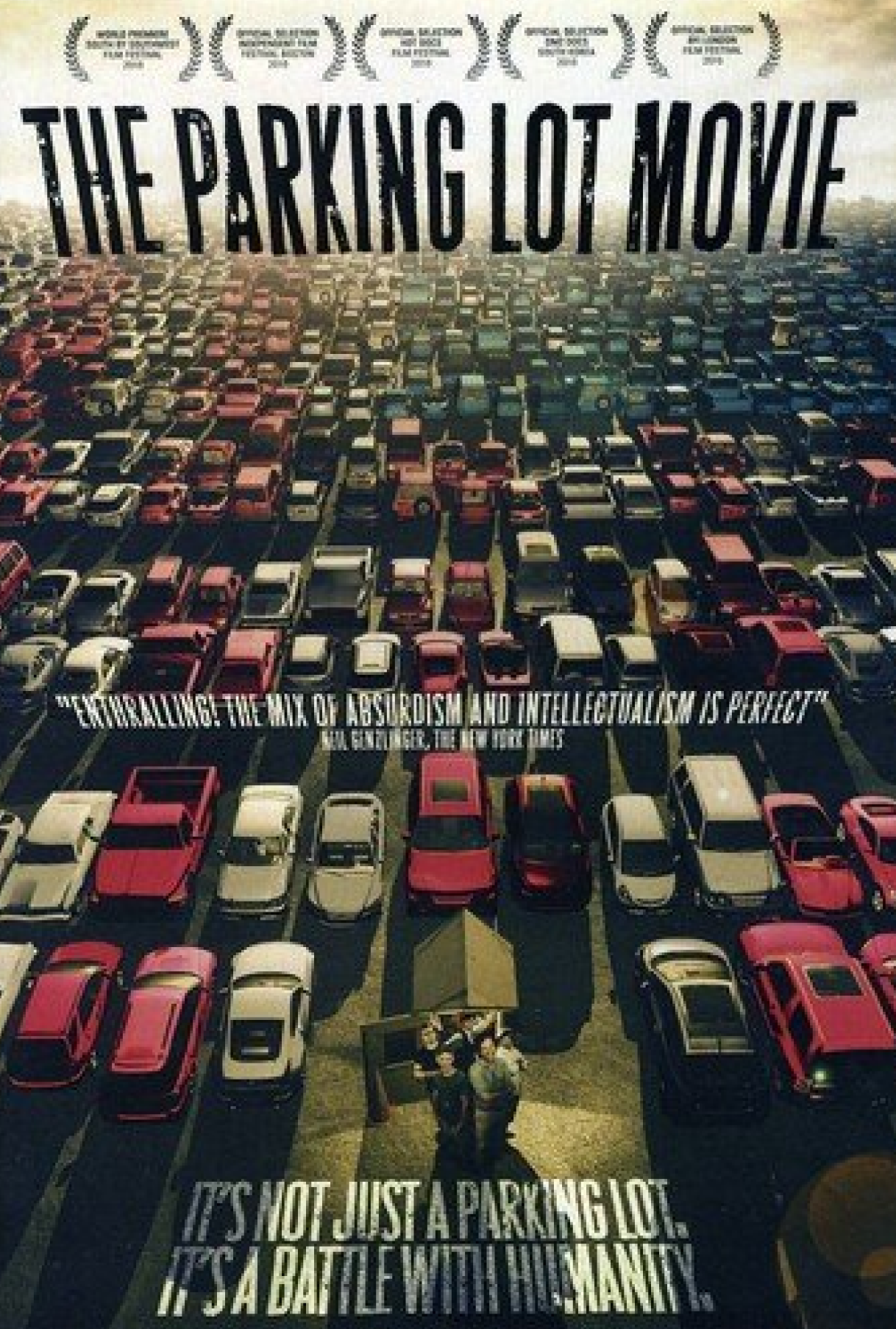
16 Acres (2012)
The rebuilding of ground zero is one of the most architecturally, politically, and emotionally complex urban renewal projects in American history. From the beginning, the effort has been fraught with controversy, delays and politics. The struggle has encompassed eleven years, nineteen government agencies, a dozen projects and over $20 billion.
Aside from the staggering engineering challenges of the site itself, a major complicating factor in the rebuilding of the World Trade Center is the sheer number of interested parties. Politicians, developers, architects, insurance companies, local residents, and relatives of 9/11 victims all profess a claim to the site and are often in conflict with one another. According to The New York Times, “Where some saw lucrative real estate, others saw a graveyard. Where some saw Rockefeller Center or Lincoln Center or Grand Central Terminal, others saw Gettysburg.”
What was once ground zero is now a frenzied construction site. Three thousand workers are building four of the tallest skyscrapers in America, an iconic – and complicated – train station, a performing arts center and a sacred memorial and museum. What will emerge in downtown Manhattan over the next few years will redefine the city – and the country – for generations.
16 Acres is the story of how and why this historic project got built. At the heart of the story is the dramatic tension between noblest intentions, the desire of everyone involved to “get it right,” and the politics, hubris, ego and ideology that is the bedrock of New York City. What does it say about us as New Yorkers, as Americans?
As with all great urban projects, from the Pyramids to Rome’s Colosseum to Rockefeller Center, a small group of powerful people will dictate the outcome. With inside access to the project and these key players, 16 Acres tells the story behind the headlines. Who are these men and women? What motivates them? How will their personalities shape the project? And, ultimately, will it succeed? The film also follows the dramatic rush to complete the memorial in time, and the key players as they prepare to converge on the site for the10th anniversary.
Produced by Richard Hankin.
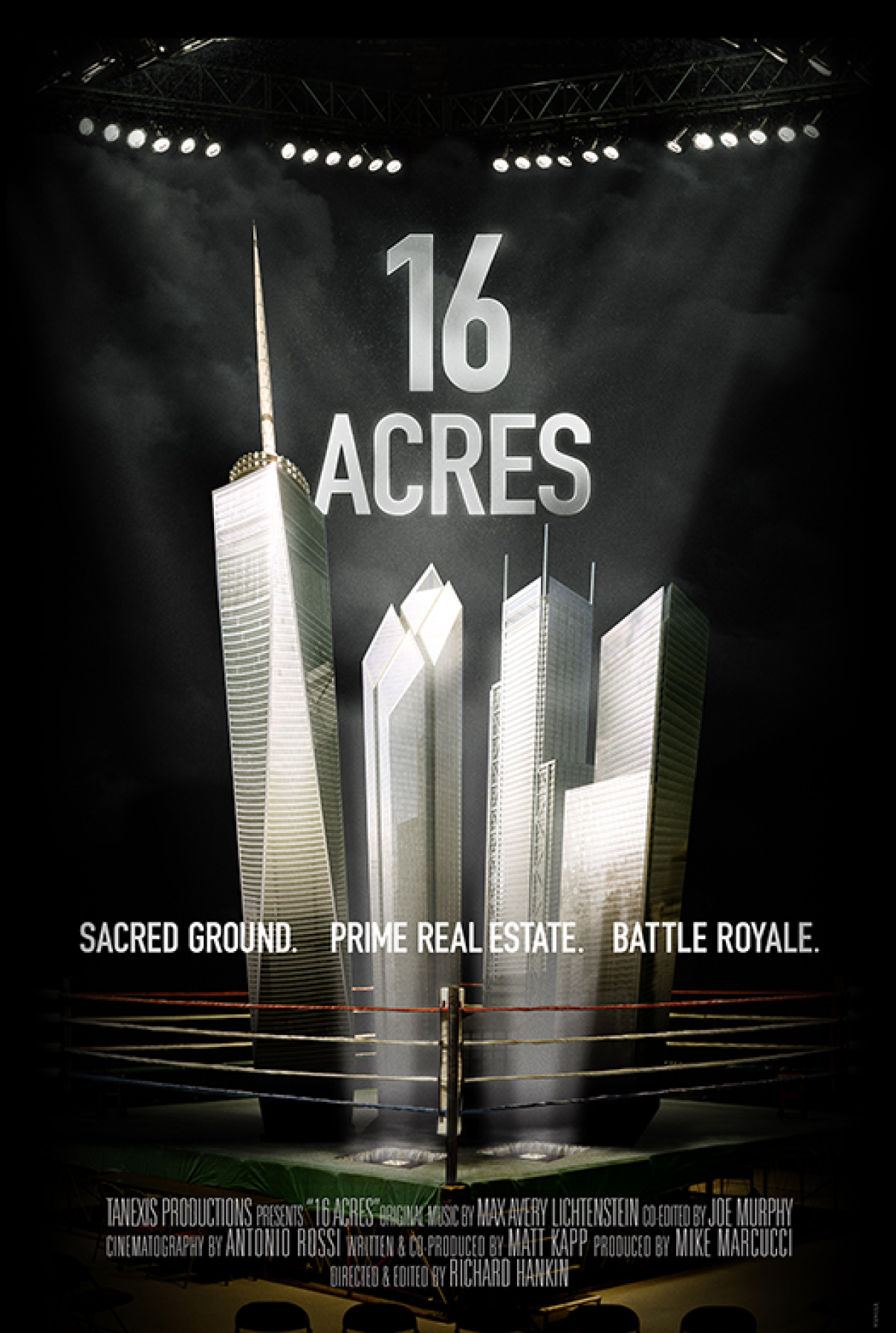
Pedaling Revolution
In a world of increasing traffic congestion, a grassroots movement is carving out a niche for bicycles on city streets. Pedaling Revolution: How Cyclists Are Changing American Cities explores the growing bike culture that is changing the look and feel of cities, suburbs, and small towns across North America. From traffic-dodging bike messengers to tattooed teenagers on battered bikes, from riders in spandex to well-dressed executives, ordinary citizens are becoming transportation revolutionaries. Jeff Mapes traces the growth of bicycle advocacy and explores the environmental, safety, and health aspects of bicycling. He rides with bicycle advocates who are taming the streets of New York City, joins the street circus that is Critical Mass in San Francisco, and gets inspired by the everyday folk pedaling in Amsterdam, the nirvana of American bike activists. Chapters focused on big cities, college towns, and America’s most successful bike city, Portland, show how cyclists, with the encouragement of local officials, are claiming a share of the valuable streetscape.
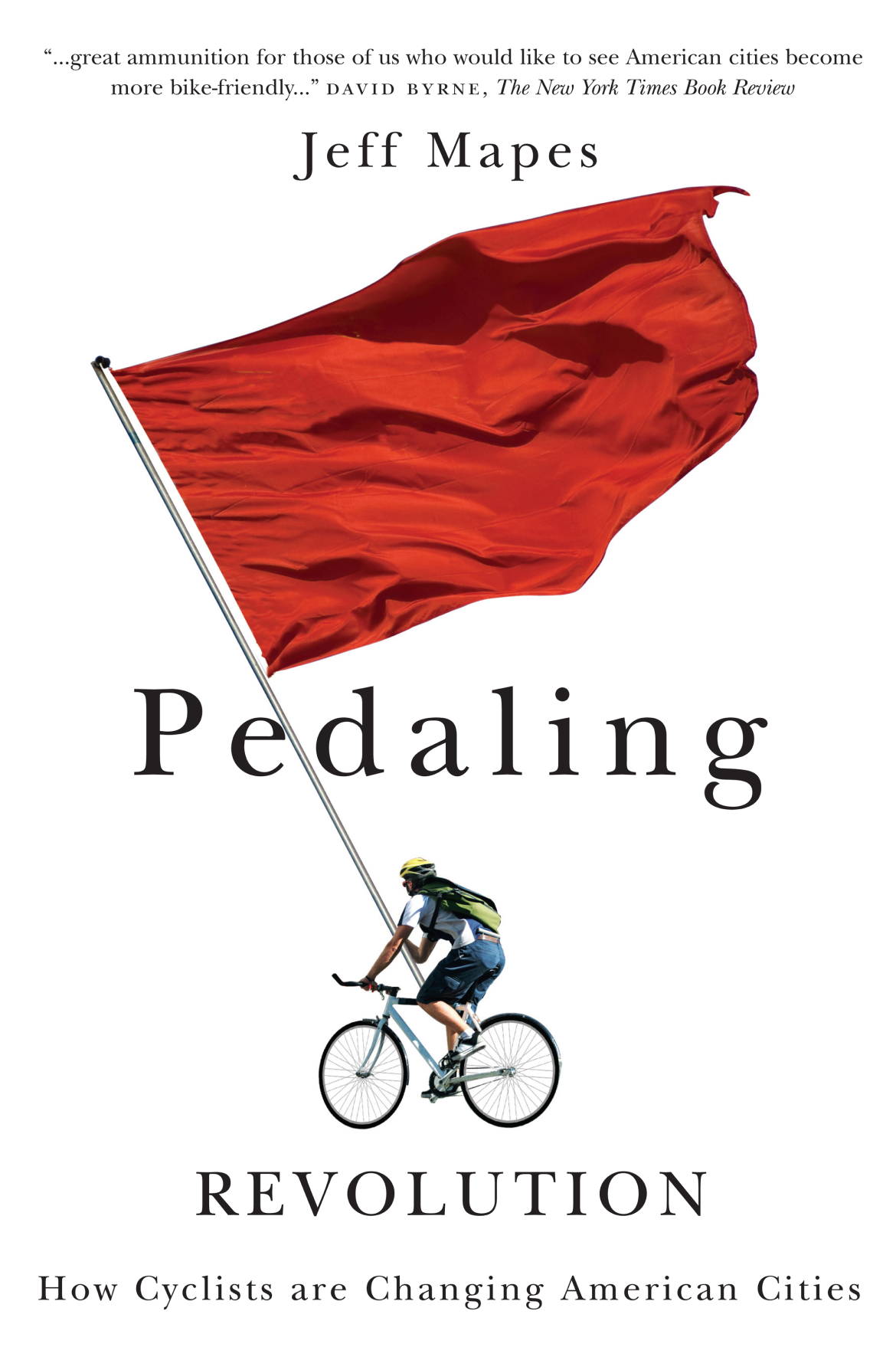
Tactical Urbanism
Tactical Urbanism, written by Mike Lydon and Anthony Garcia, two founders of the movement, promises to be the foundational guide for urban transformation. The authors begin with an in-depth history of the Tactical Urbanism movement and its place among other social, political, and urban planning trends. A detailed set of case studies, from guerilla wayfinding signs in Raleigh, to pavement transformed into parks in San Francisco, to a street art campaign leading to a new streetcar line in El Paso, demonstrate the breadth and scalability of tactical urbanism interventions. Finally, the book provides a detailed toolkit for conceiving, planning, and carrying out projects, including how to adapt them based on local needs and challenges.
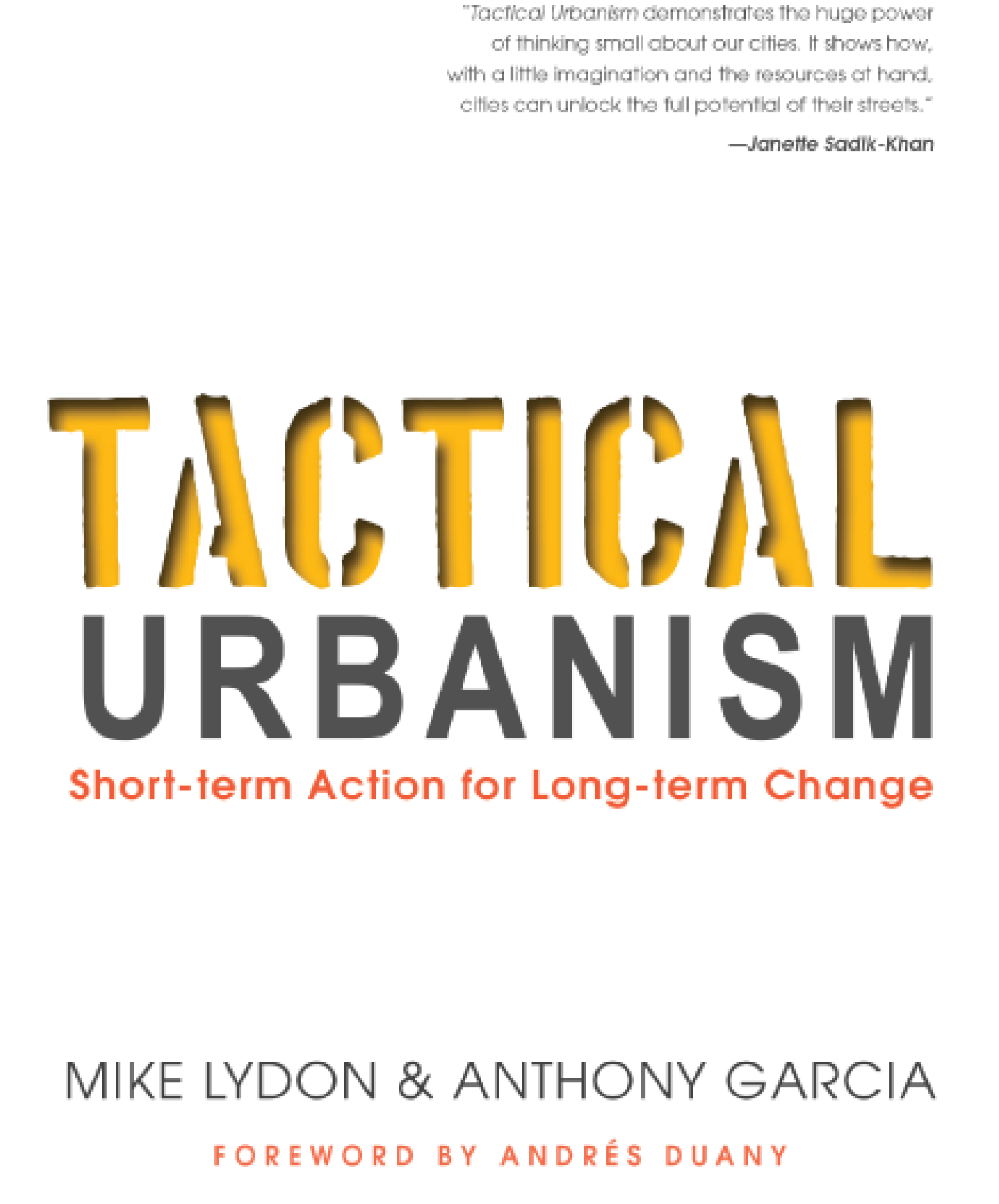
Cities and The Creative Class
Cities and the Creative Class is a compelling follow-up to The Rise of the Creative Class. Here, Richard Florida outlines how certain cities succeed in attracting members of the ‘creative class’ – the millions of people who work in information-age economic sectors and in industries driven by innovation and talent.
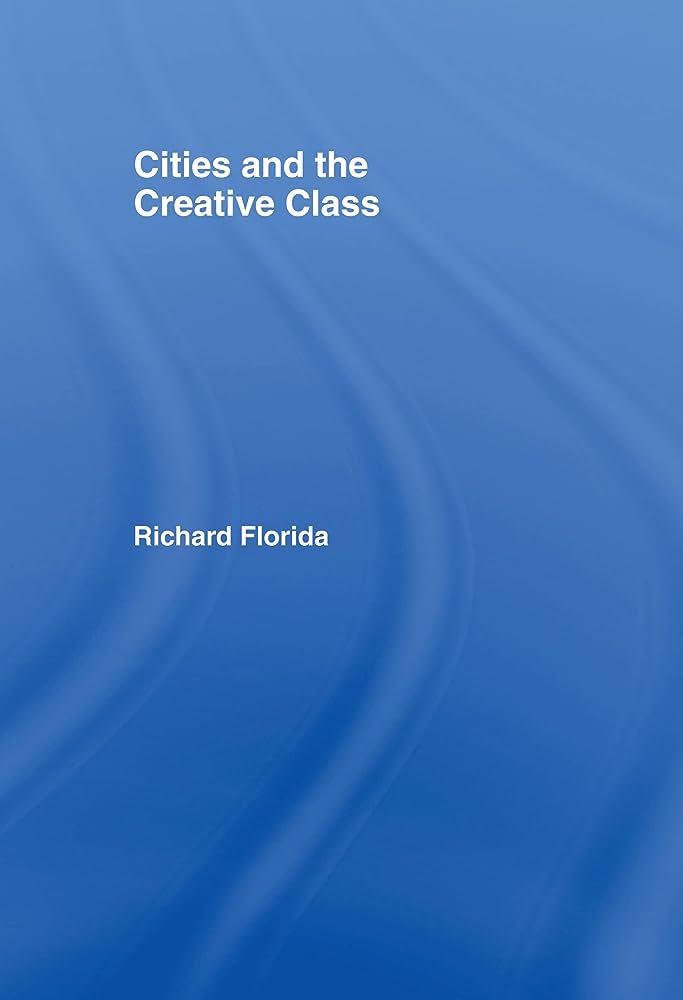
Why New Orleans Matters
Ten years ago, in the aftermath of Hurricane Katrina and the disaster that followed, promises were made, forgotten, and renewed. What would become of New Orleans in the years ahead? How would this city and its people recover—and what meaning would its story have, for America and the world?
In Why New Orleans Matters, first published only months after the disaster, award-winning author and longtime New Orleans resident Tom Piazza illuminates the storied culture and still-evolving future of this great and vital American metropolis. Piazza evokes the sensuous textures of the city that gave us jazz music, Creole cooking, and a unique style of living; he examines the city’s undercurrents of corruption and racism, and explains how its people endure and transcend them. And, perhaps most important, he bears witness to the city’s spirit: its grace and beauty, resilience and soul.
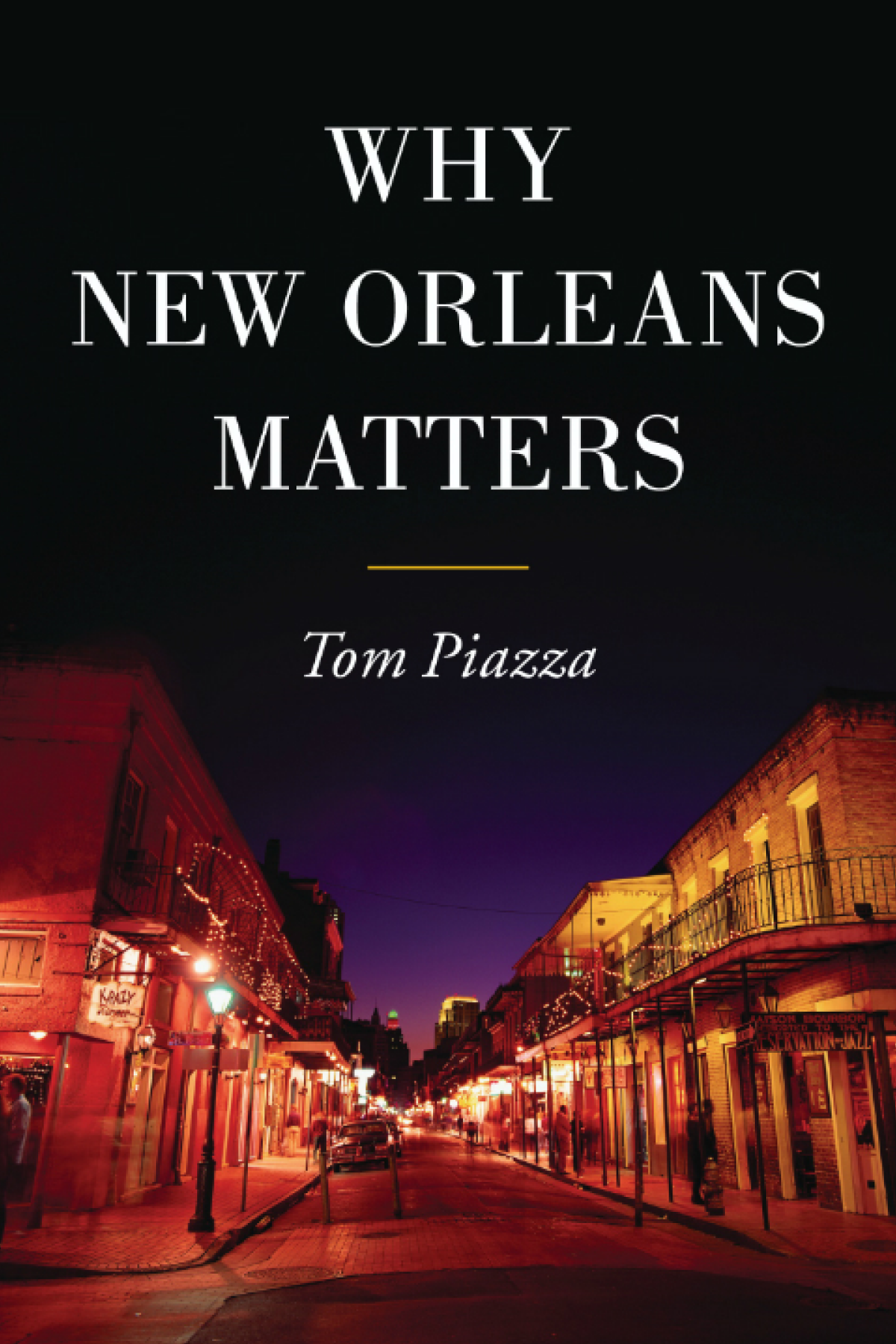
The Rise of the Creative Class
In his modern classic The Rise of the Creative Class, urbanist Richard Florida identifies the emergence of a new social class reshaping the twenty-first century’s economy, geography, and workplace. This Creative Class is made up of engineers and managers, academics and musicians, researchers, designers, entrepreneurs and lawyers, poets and programmer, whose work turns on the creation of new forms. Increasingly, Florida observes, this Creative Class determines how workplaces are organized, which companies prosper or go bankrupt, and which cities thrive, stagnate or decline.
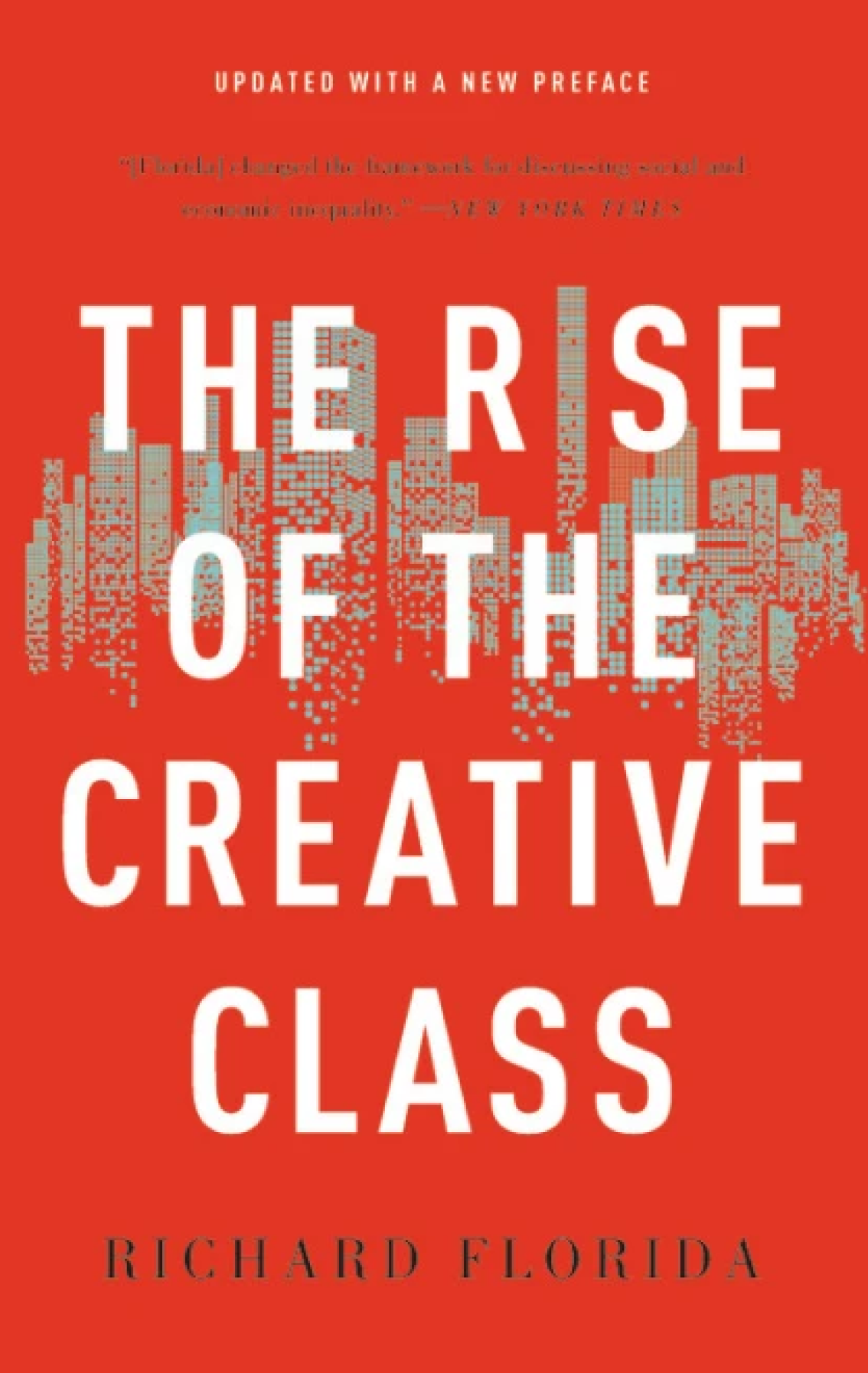
Curbed
Curbed is an American real estate and urban design website founded as a blog by Lockhart Steele in 2006. The full website, founded in 2010, featured sub-pages dedicated to specific real estate markets and metropolitan areas across the United States.
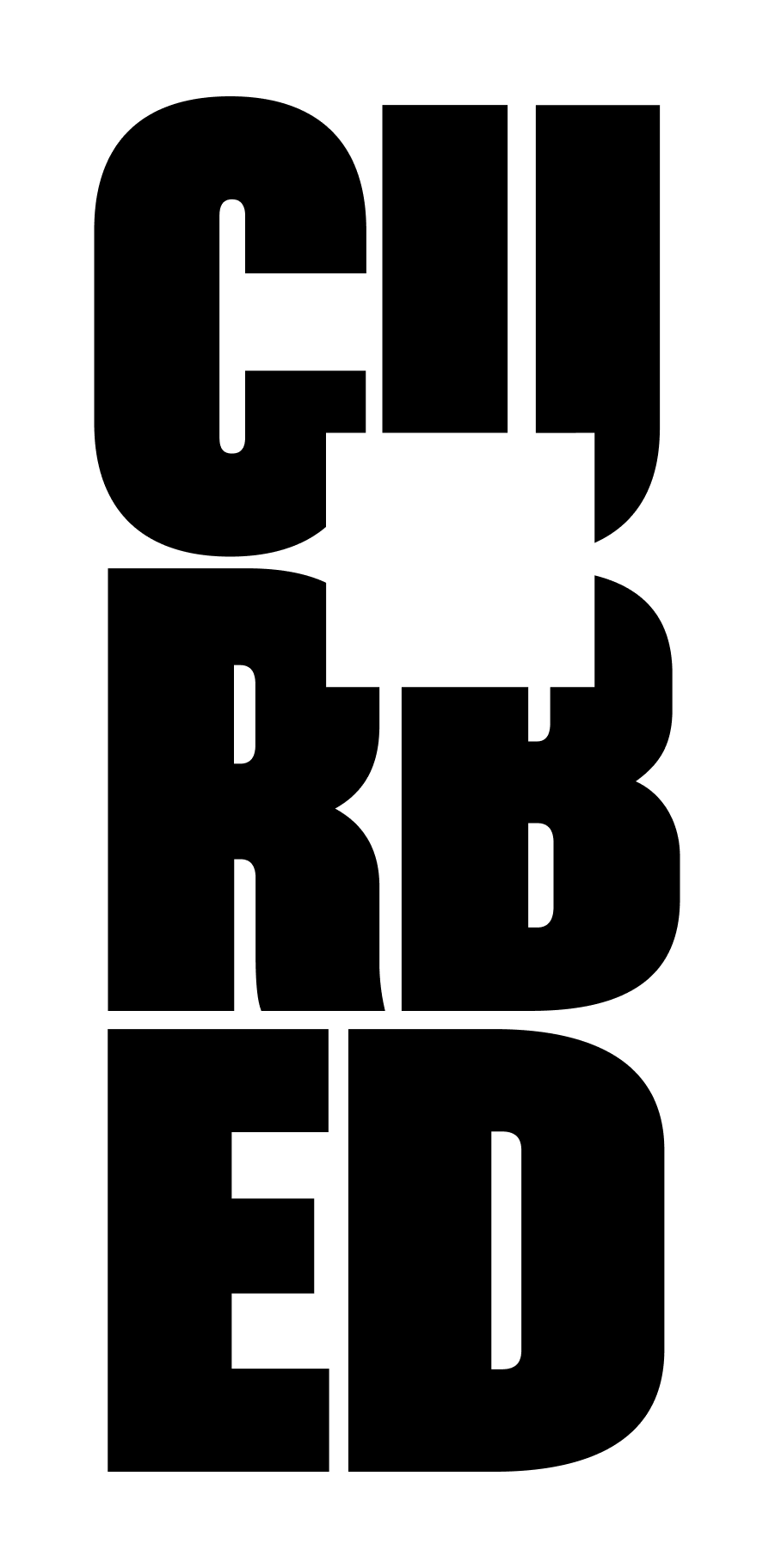
Curbing Traffic
In Curbing Traffic: The Human Case for Fewer Cars in Our Lives, Melissa and Chris Bruntlett chronicle their experience living in the Netherlands and the benefits that result from treating cars as visitors rather than owners of the road. They weave their personal story with research and interviews with experts and Delft locals to help readers share the experience of living in a city designed for people.
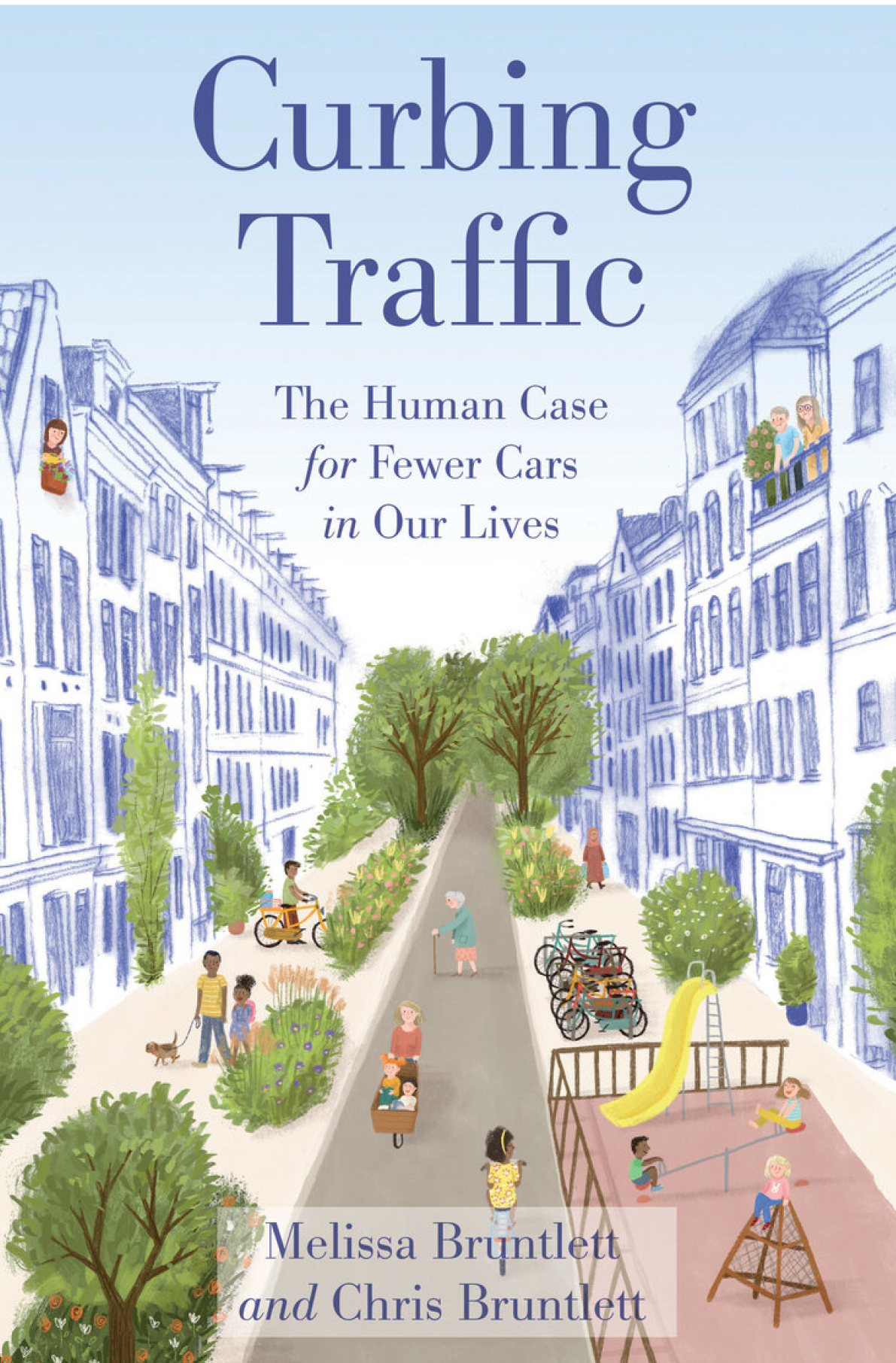
Metropolis
During the two hundred millennia of humanity’s existence, nothing has shaped us more profoundly than the city. From their very beginnings, cities created such a flourishing of human endeavor—new professions, new forms of art, worship and trade—that they kick-started civilization. Guiding us through the centuries, Ben Wilson reveals the innovations nurtured by the inimitable energy of human beings together: civics in the agora of Athens, global trade in ninth-century Baghdad, finance in the coffeehouses of London, domestic comforts in the heart of Amsterdam, peacocking in Belle Époque Paris. In the modern age, the skyscrapers of New York City inspired utopian visions of community design, while the trees of twenty-first-century Seattle and Shanghai point to a sustainable future in the age of climate change. Page-turning, irresistible, and rich with engrossing detail, Metropolis is a brilliant demonstration that the story of human civilization is the story of cities.
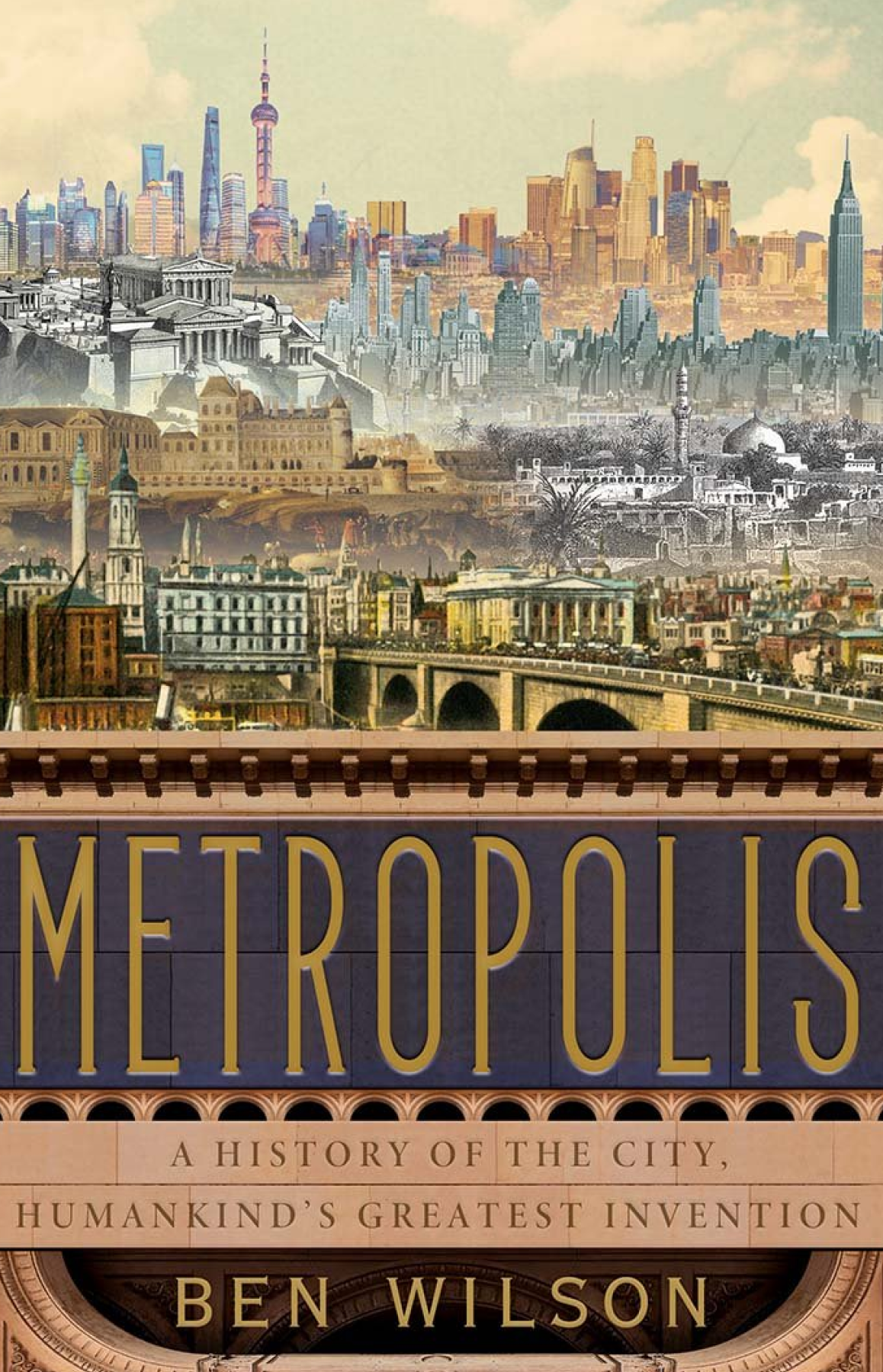
Dream Cities
Dream Cities explores our cities in a new way—as expressions of ideas, often conflicting, about how we should live, work, play, make, buy, and believe. It tells the stories of the real architects and thinkers whose imagined cities became the blueprints for the world we live in.
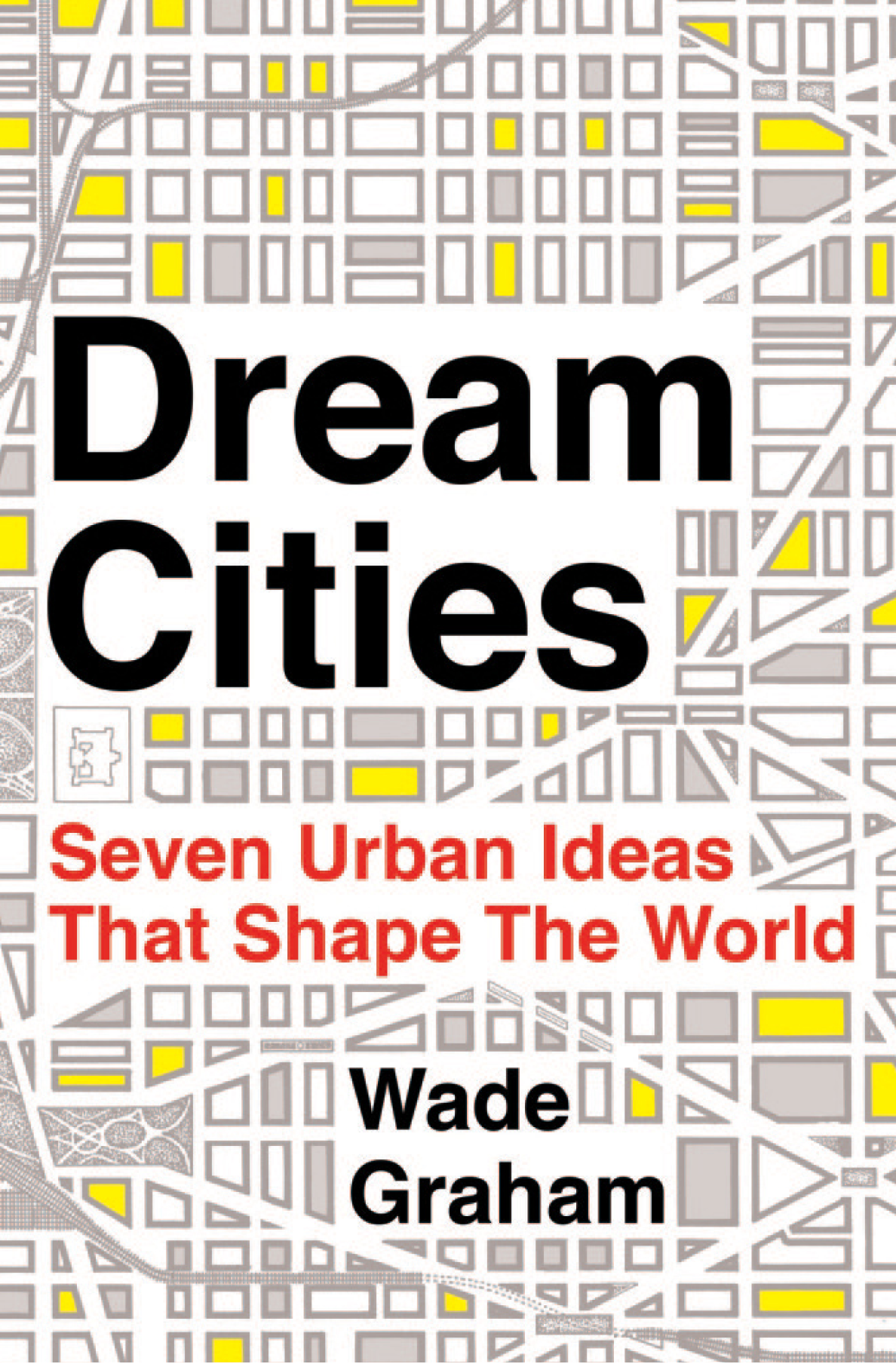
Cities for People
For more than forty years Jan Gehl has helped to transform urban environments around the world based on his research into the ways people actually use—or could use—the spaces where they live and work. In Cities for People, Gehl presents his latest work creating (or recreating) cityscapes on a human scale. He clearly explains the methods and tools he uses to reconfigure unworkable cityscapes into the landscapes he believes they should be: cities for people.
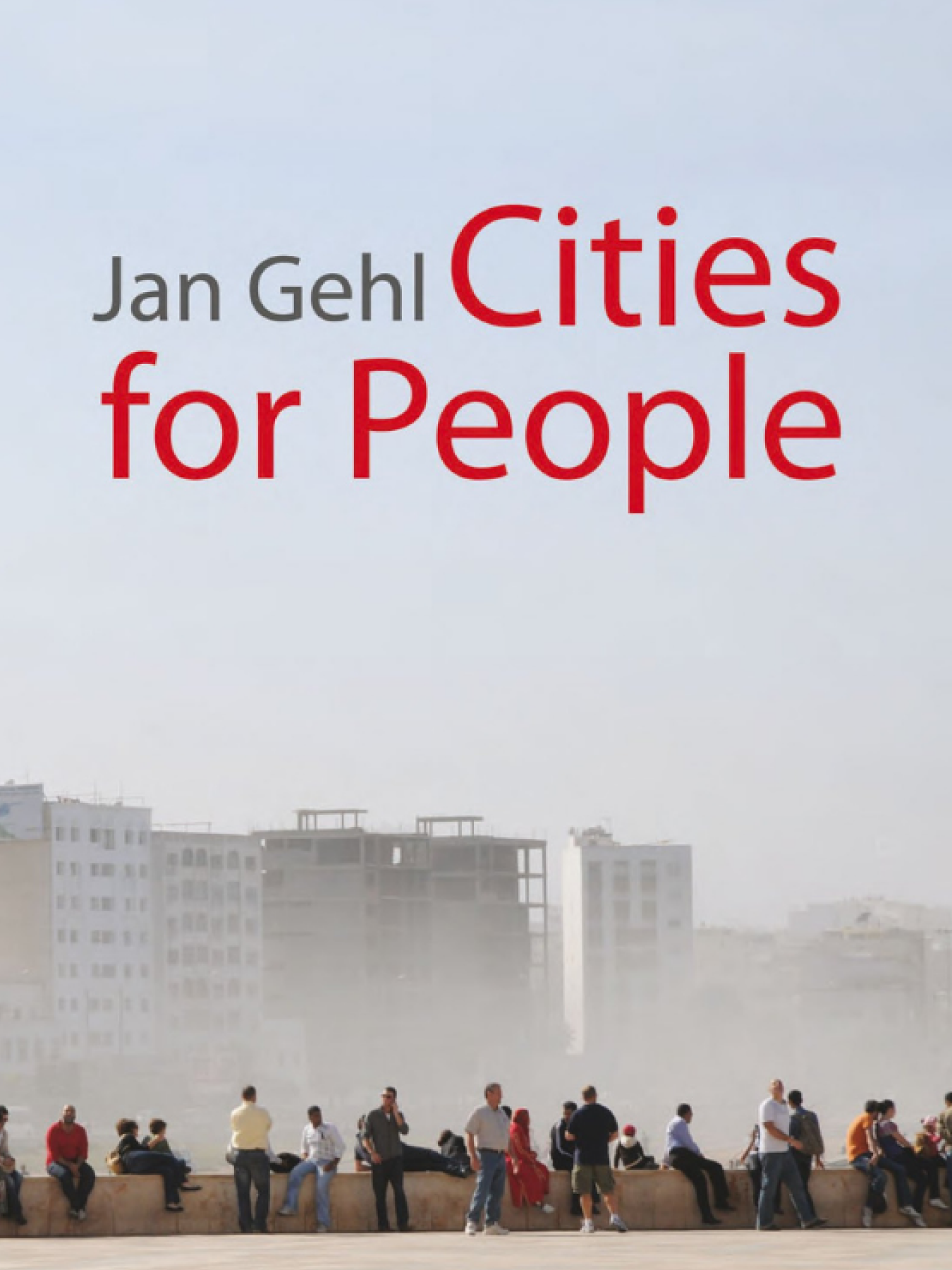
Agoraphobic Nation: Sprawl and Culture
Documentary by g16sley. Everything in culture is a product of the planned environment, and yet, nobody is paying attention to the way the American landscape is being molded by corporate interests. The sociological effects of the abandonment of urban planning have been devastating, causing mental illness and violence throughout much of the population.
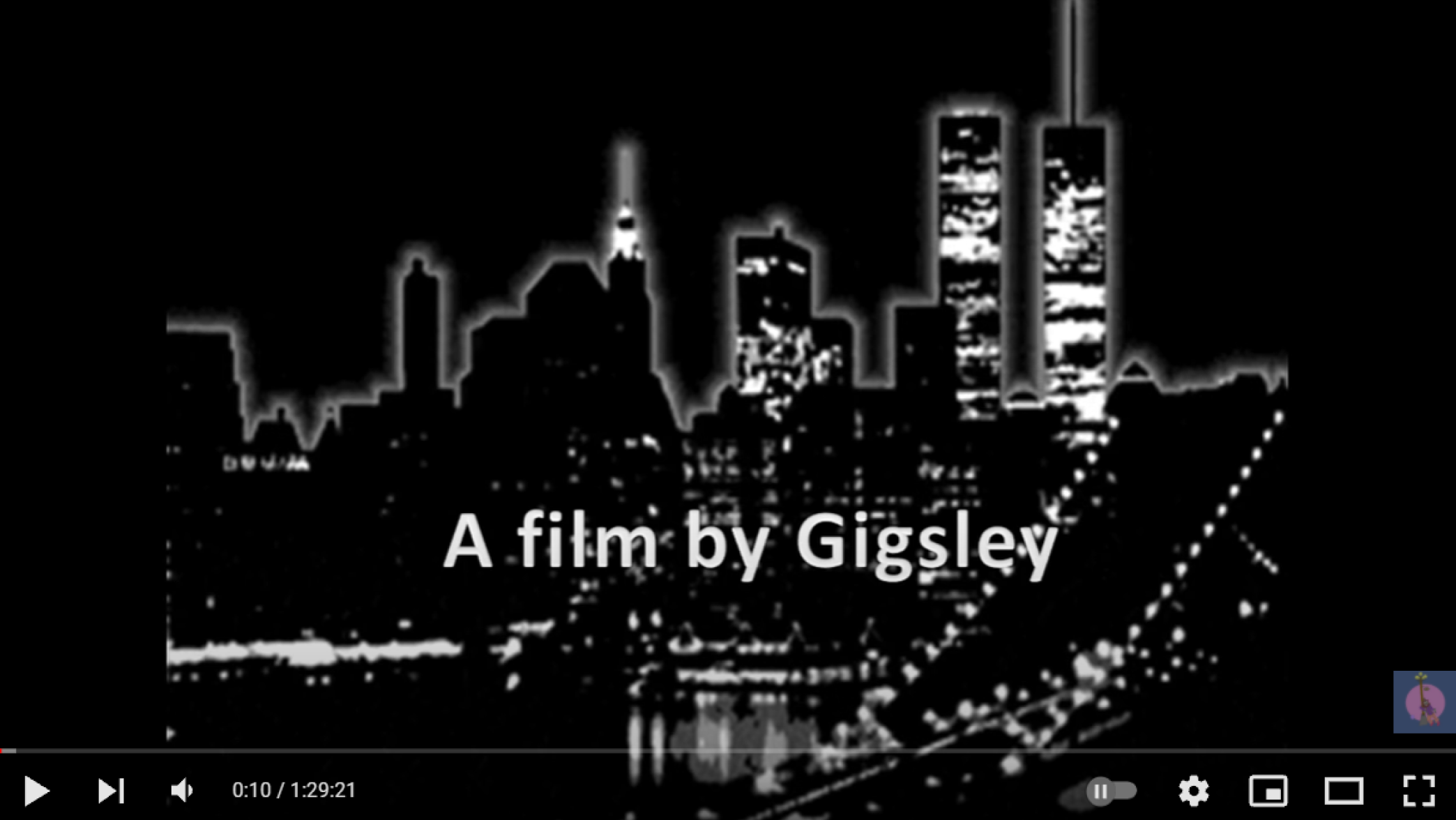
The ghastly tragedy of the suburbs
In James Howard Kunstler’s view, public spaces should be inspired centers of civic life and the physical manifestation of the common good. Instead, he argues, what we have in America is a nation of places not worth caring about. Watch the talk on TED.
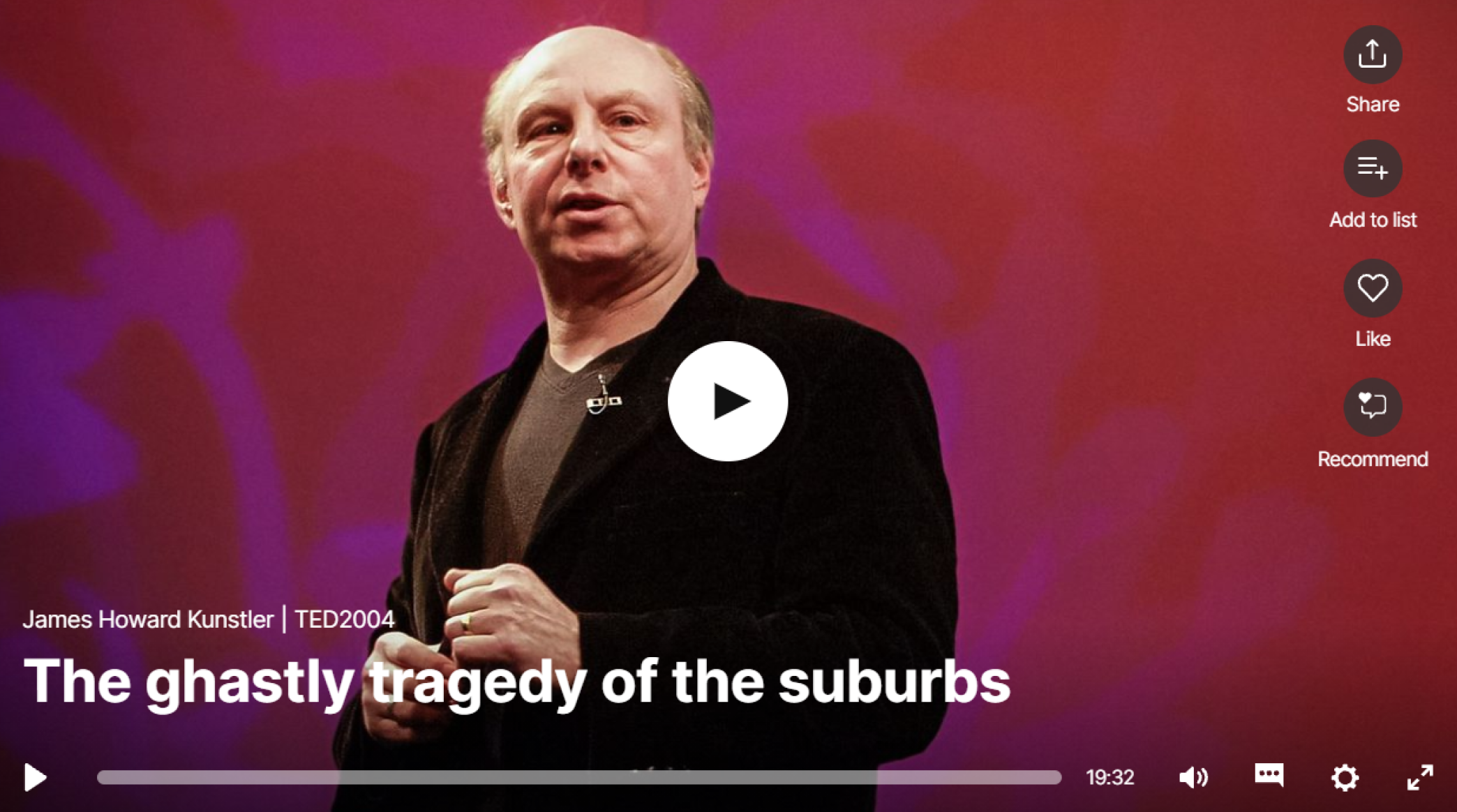
CityLab
Produced by Bloomberg Philanthropies and The Aspen Institute, Bloomberg CityLab is the leading global summit for city leaders and cross-sector urban thinkers, experts, and artists to connect with each other and to create and share scalable solutions for cities’ most pressing challenges.

Pedestrian Space
Pedestrian Space is a media, advocacy and research platform established in 2021 to document and explore aspects of walkability as a key dimension for sustainable urban development. The platform provides looks at both best practices as well as barriers to pedestrianization and covers issues of quality of life, health, spatial and social equity and environmental benefit of walkable communities.
The platform is also dedicated to inspiring and engaging in dialogue about the reduction of car dependence as a critical and global issue. The idea of a “culture of walkability” as manifest in several dimensions- including media depictions of walking as a form of mobility, public space that supports quality pedestrian infrastructure and connectivity and the habits, psychological and environmental factors that form our mobility choices- is also a central focus.
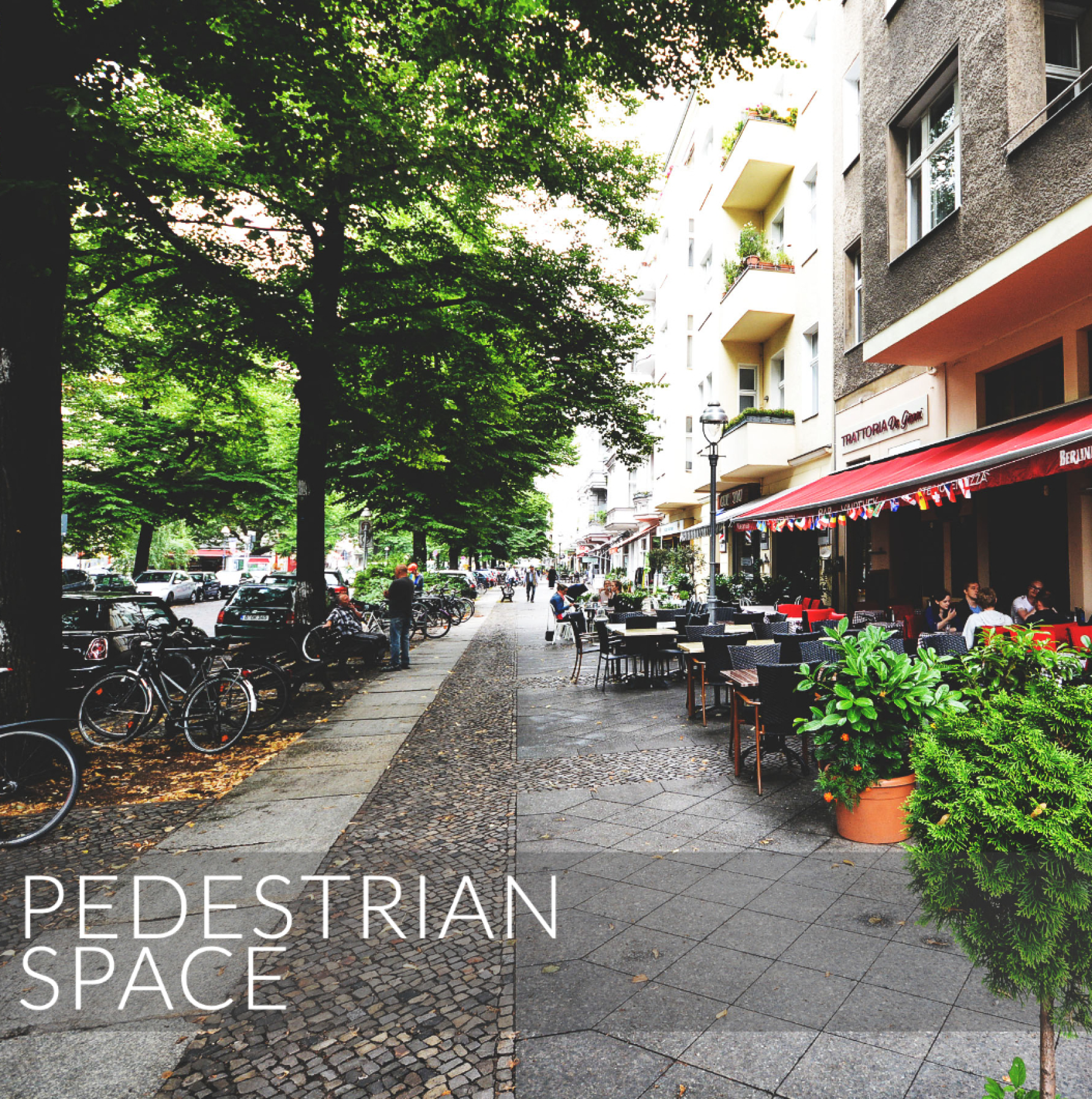
How architecture can create dignity for all
If architect and writer John Cary has his way, women will never need to stand in pointlessly long bathroom lines again. Lines like these are representative of a more serious issue, Cary says: the lack of diversity in design that leads to thoughtless, compassionless spaces. Design has a unique ability to dignify and make people feel valued, respected, honored and seen — but the flip side is also true. Cary calls for architects and designers to expand their ranks and commit to serving the public good, not just the privileged few. “Well-designed spaces are not just a matter of taste or a questions of aesthetics,” he says. “They literally shape our ideas about who we are in the world and what we deserve.” And we all deserve better. Watch the talk on TED.
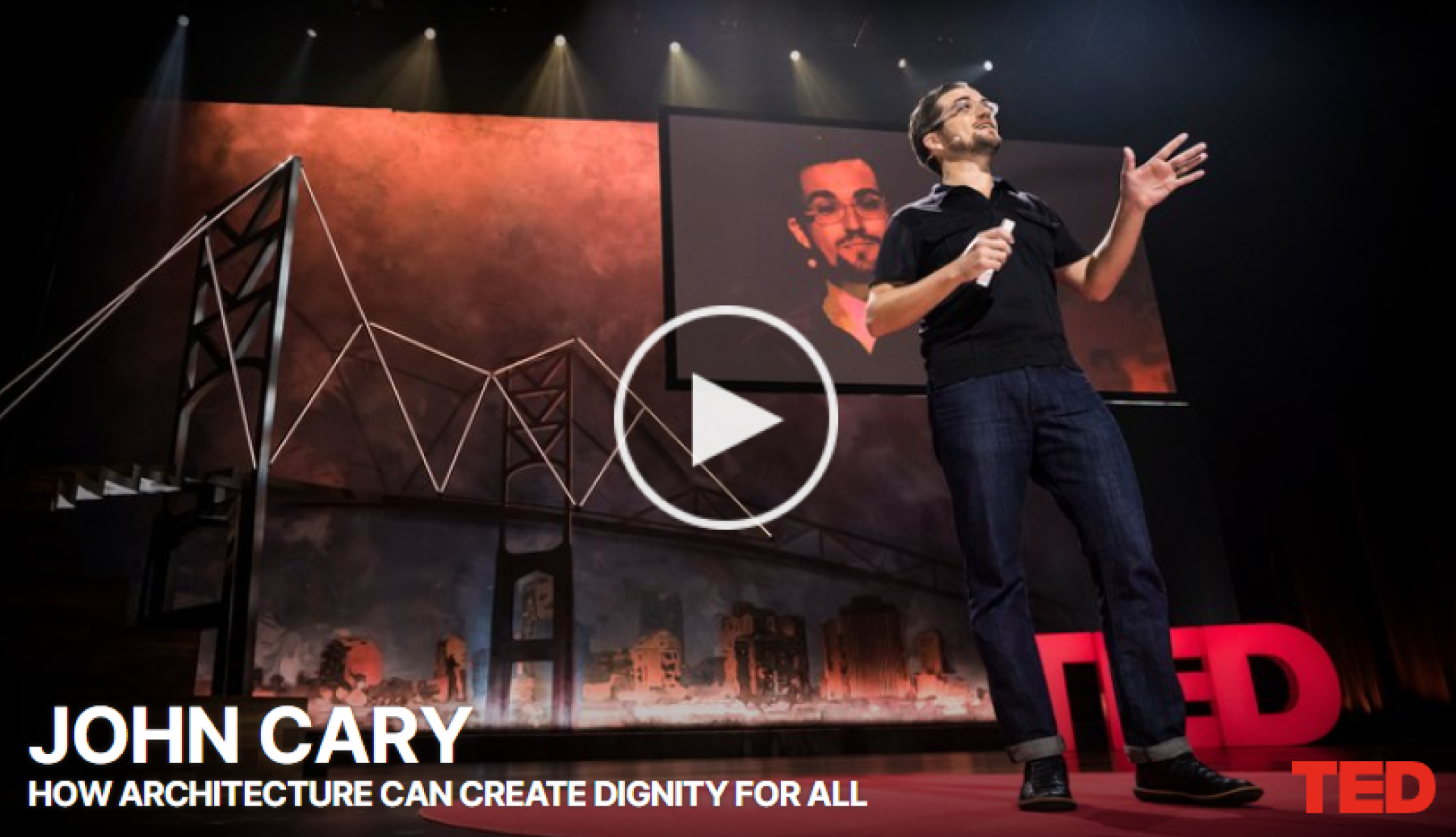
New York’s Streets? Not so mean anymore
In this funny and thought-provoking talk, Janette Sadik-Khan, transportation commissioner of New York City, shares projects that have reshaped street life in the 5 boroughs, including pedestrian zones in Times Square, high-performance buses and a 6,000-cycle-strong bike share. Her mantra: Do bold experiments that are cheap to try out. Watch the talk on TED.

The Human Scale
50% of the world’s population lives in urban areas. By 2050 this will increase to 80%. Life in a mega city is both enchanting and problematic. Today we face peak oil, climate change, loneliness and severe health issues due to our way of life. But why? The Danish architect and professor Jan Gehl has studied human behavior in cities through 40 years. He has documented how modern cities repel human interaction, and argues that we can build cities in a way, which takes human needs for inclusion and intimacy into account. Film website.
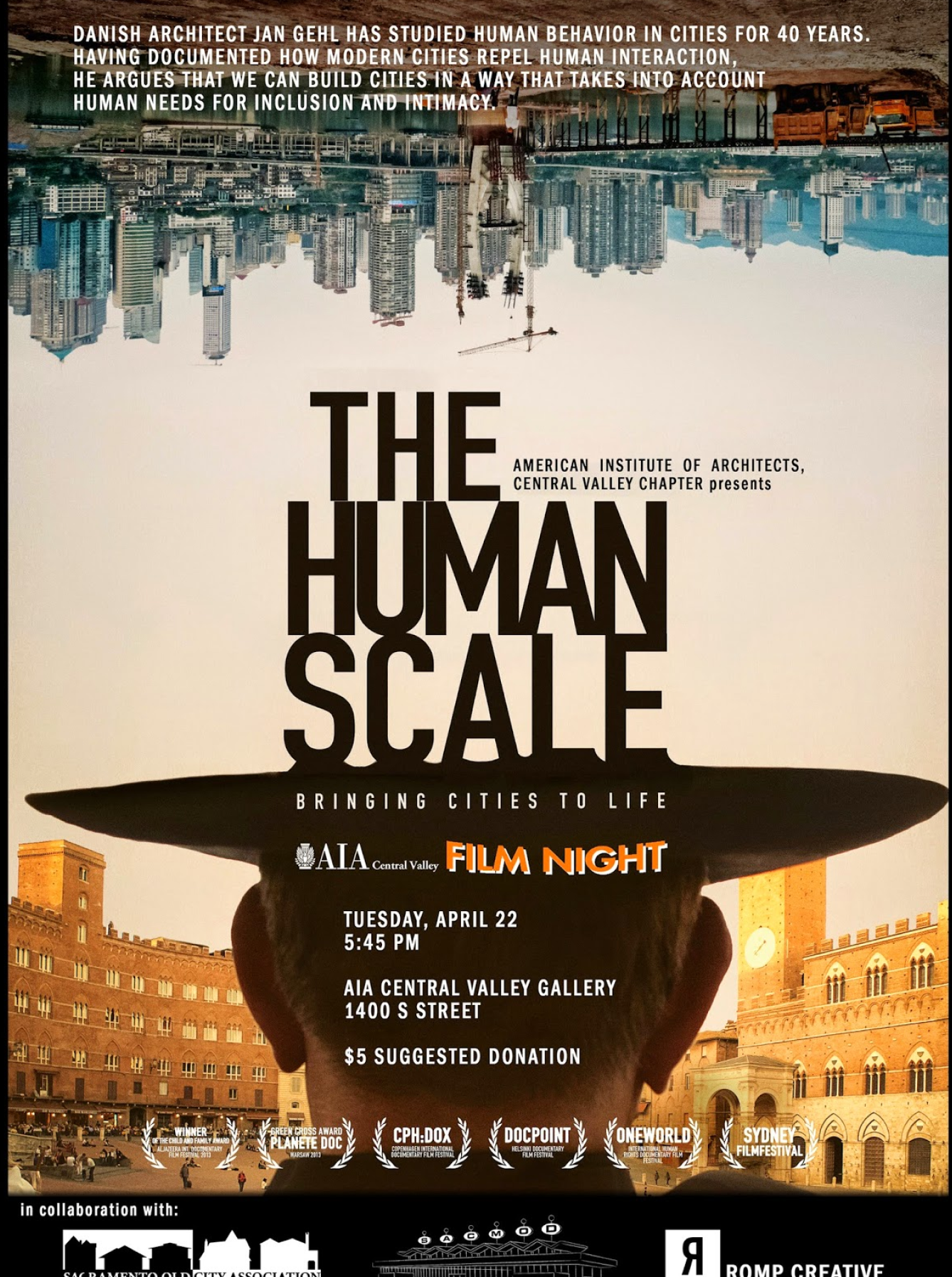
Urbanized
Urbanized is a feature-length documentary about the design of cities, which looks at the issues and strategies behind urban design and features some of the world’s foremost architects, planners, policymakers, builders, and thinkers.
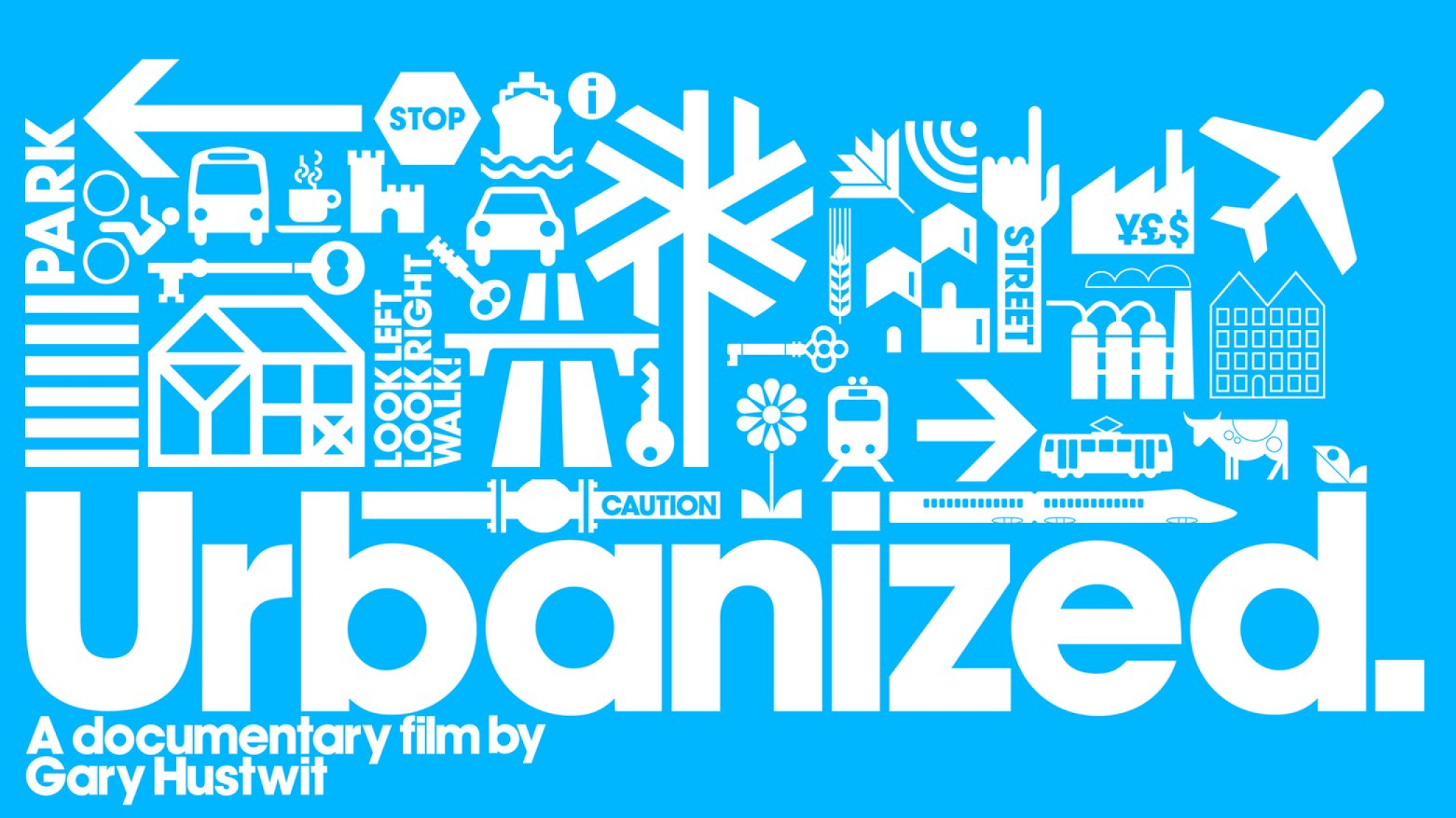
My Brooklyn
My Brooklyn follows director Kelly Anderson’s journey, as a Brooklyn gentrifier, to understand the forces reshaping her neighborhood. The film documents the redevelopment of Fulton Mall, a bustling African-American and Caribbean commercial district that – despite its status as the third most profitable shopping area in New York City – is maligned for its inability to appeal to the affluent residents who have come to live around it. As a hundred small businesses are replaced by high rise luxury housing and chain retail, Anderson uncovers the web of global corporations, politicians and secretive public-private partnerships that drive seemingly natural neighborhood change. The film’s ultimate question is increasingly relevant on a global scale: who has a right to live in cities and determine their future?
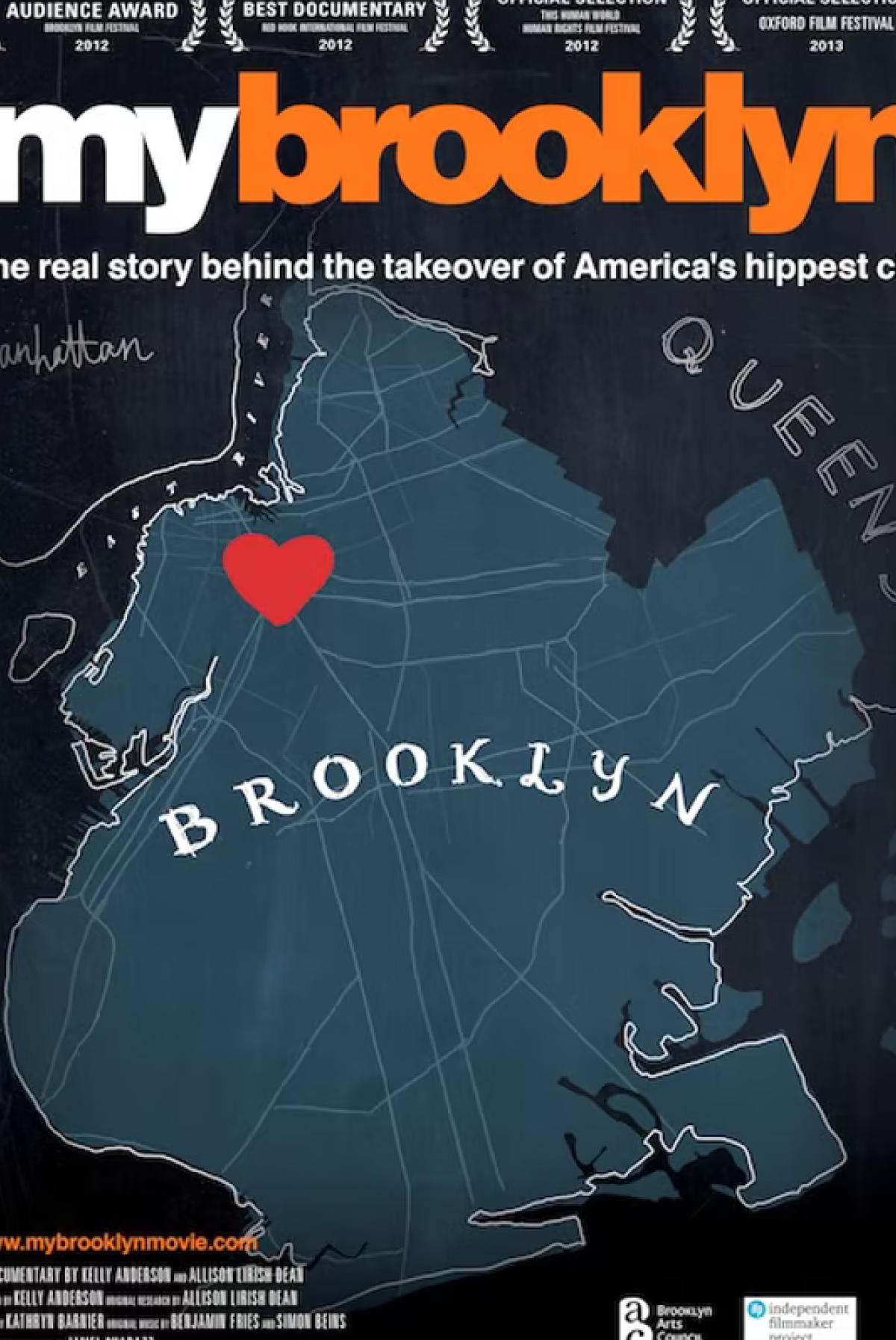
The Help-Yourself City
When local governments neglect public services or community priorities, how do concerned citizens respond? In The Help-Yourself City, Gordon Douglas looks closely at people who take urban planning into their own hands with homemade signs and benches, guerrilla bike lanes and more. Douglas
explores the frustration, creativity, and technical expertise behind these interventions, but also the position of privilege from which they often come. Presenting a needed analysis of this growing trend from vacant lots to city planning offices, The Help-Yourself City tells a street-level story of
people’s relationships to their urban surroundings and the individualization of democratic responsibility.
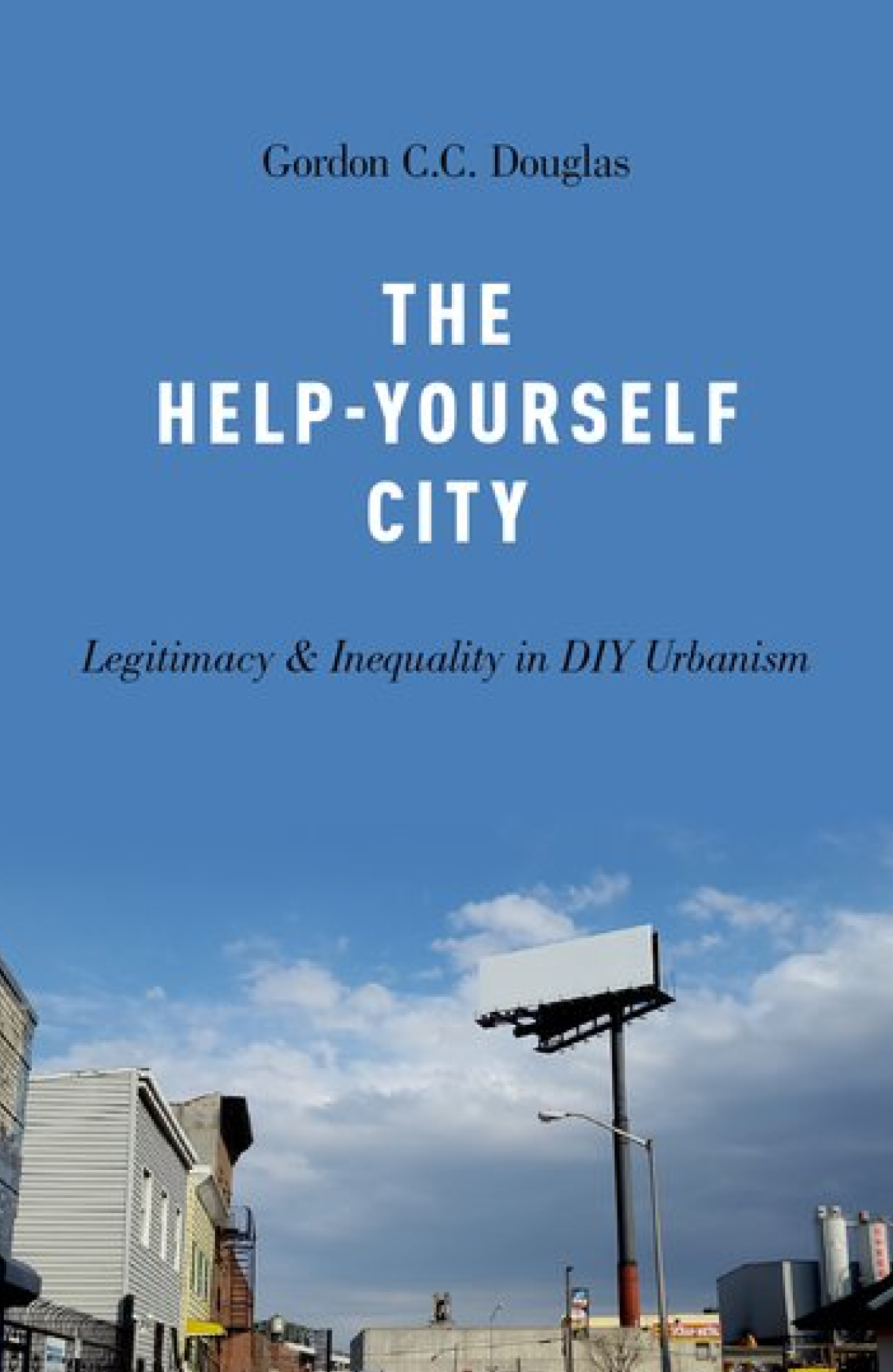
The Death and Life of Great American Cities
A direct and fundamentally optimistic indictment of the short-sightedness and intellectual arrogance that has characterized much of urban planning in this century, The Death and Life of Great American Cities has, since its first publication in 1961, become the standard against which all endeavors in that field are measured.
In prose of outstanding immediacy, Jane Jacobs writes about what makes streets safe or unsafe; about what constitutes a neighborhood, and what function it serves within the larger organism of the city; about why some neighborhoods remain impoverished while others regenerate themselves. She writes about the salutary role of funeral parlors and tenement windows, the dangers of too much development money and too little diversity. Compassionate, bracingly indignant, and always keenly detailed, Jane Jacobs’s monumental work provides an essential framework for assessing the vitality of all cities.
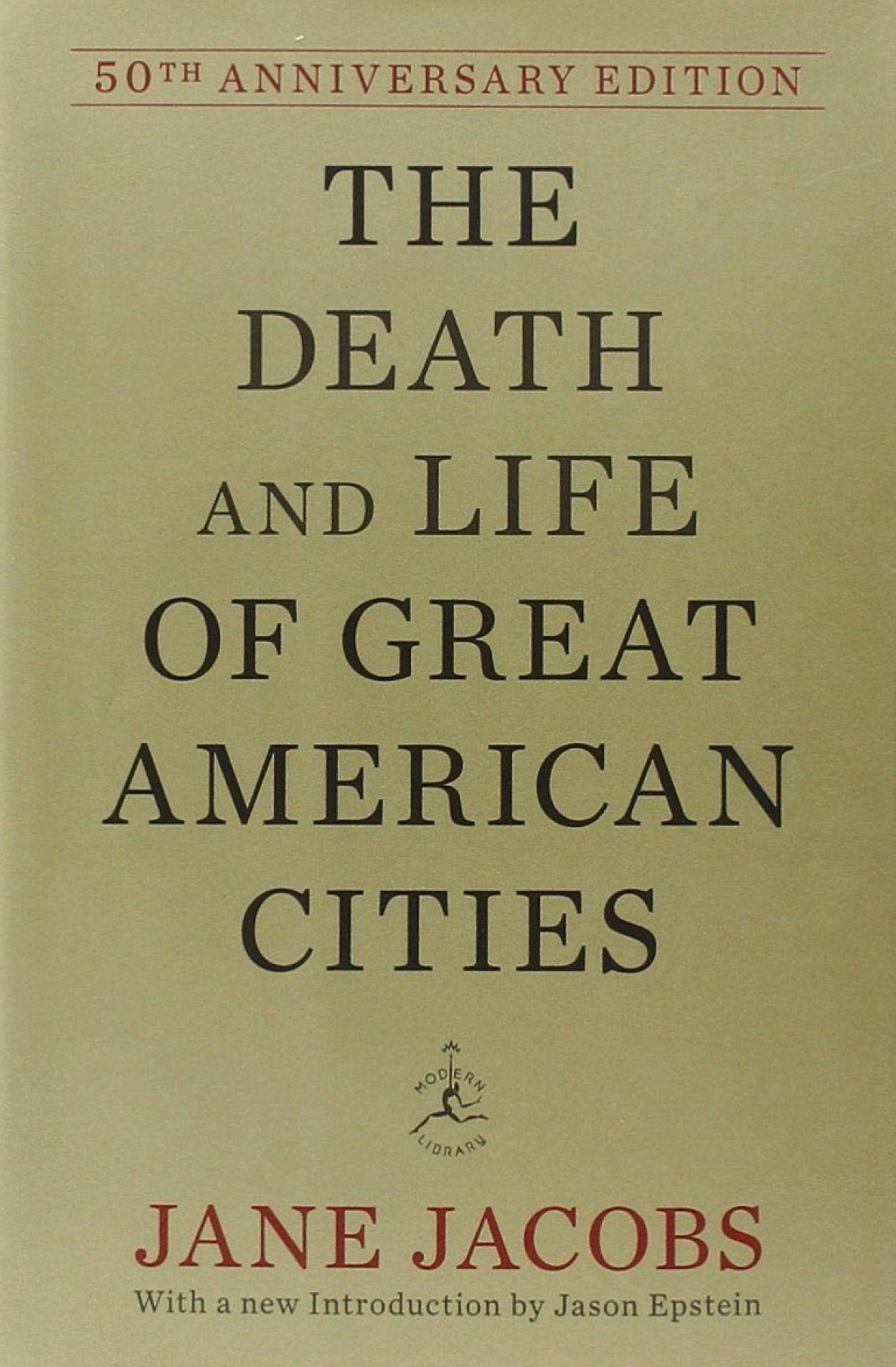
Dark Age Ahead
In this indispensable book, urban visionary Jane Jacobs argues that as agrarianism gives way to a technology-based future, we’re at risk of cultural collapse. Jacobs—renowned author of The Death and Life of Great American Cities and The Economy of Cities—pinpoints five pillars of our culture that are in serious decay: community and family; higher education; the effective practice of science; taxation, and government; and the self-regulation of the learned professions. The corrosion of these pillars, Jacobs argues, is linked to societal ills such as environmental crisis, racism, and the growing gulf between rich and poor.
But this is a hopeful book as well as a warning. Drawing on a vast frame of reference—from fifteenth-century Chinese shipbuilding to Ireland’s cultural rebirth—Jacobs suggests how the cycles of decay can be arrested and our way of life renewed. Invigorating and accessible, Dark Age Ahead is not only the crowning achievement of Jane Jacobs’ career, but one of the most important works of our time.
